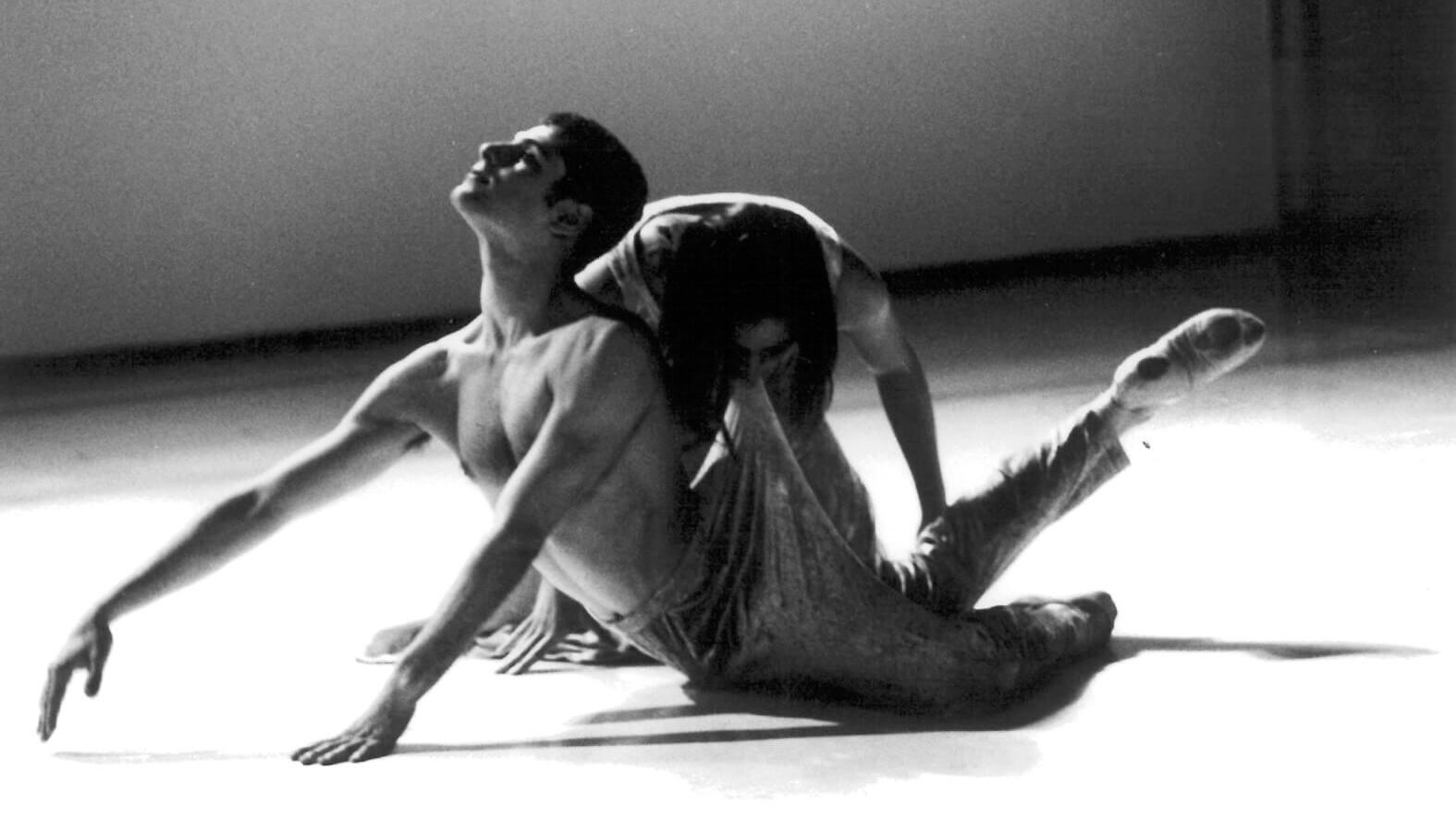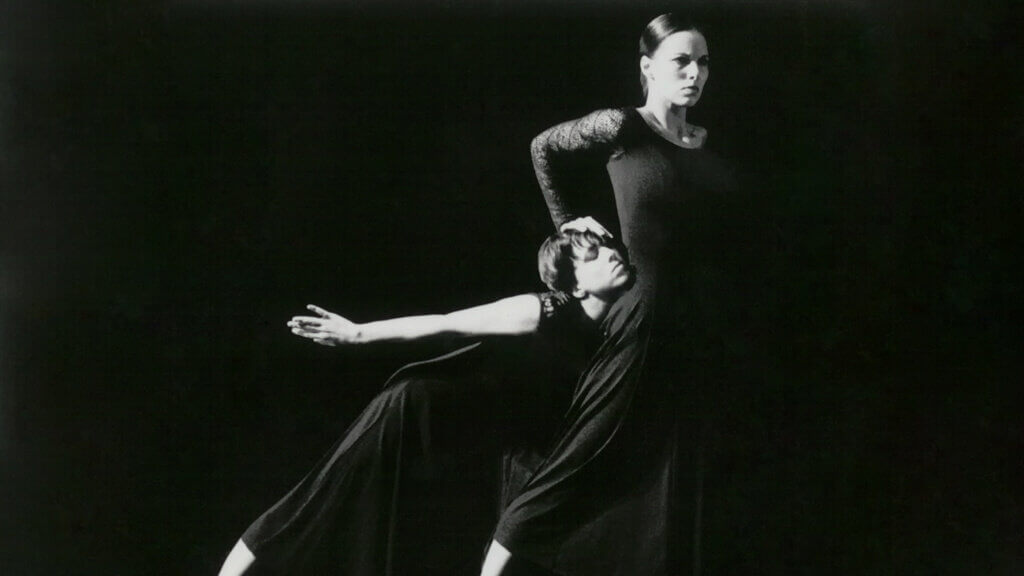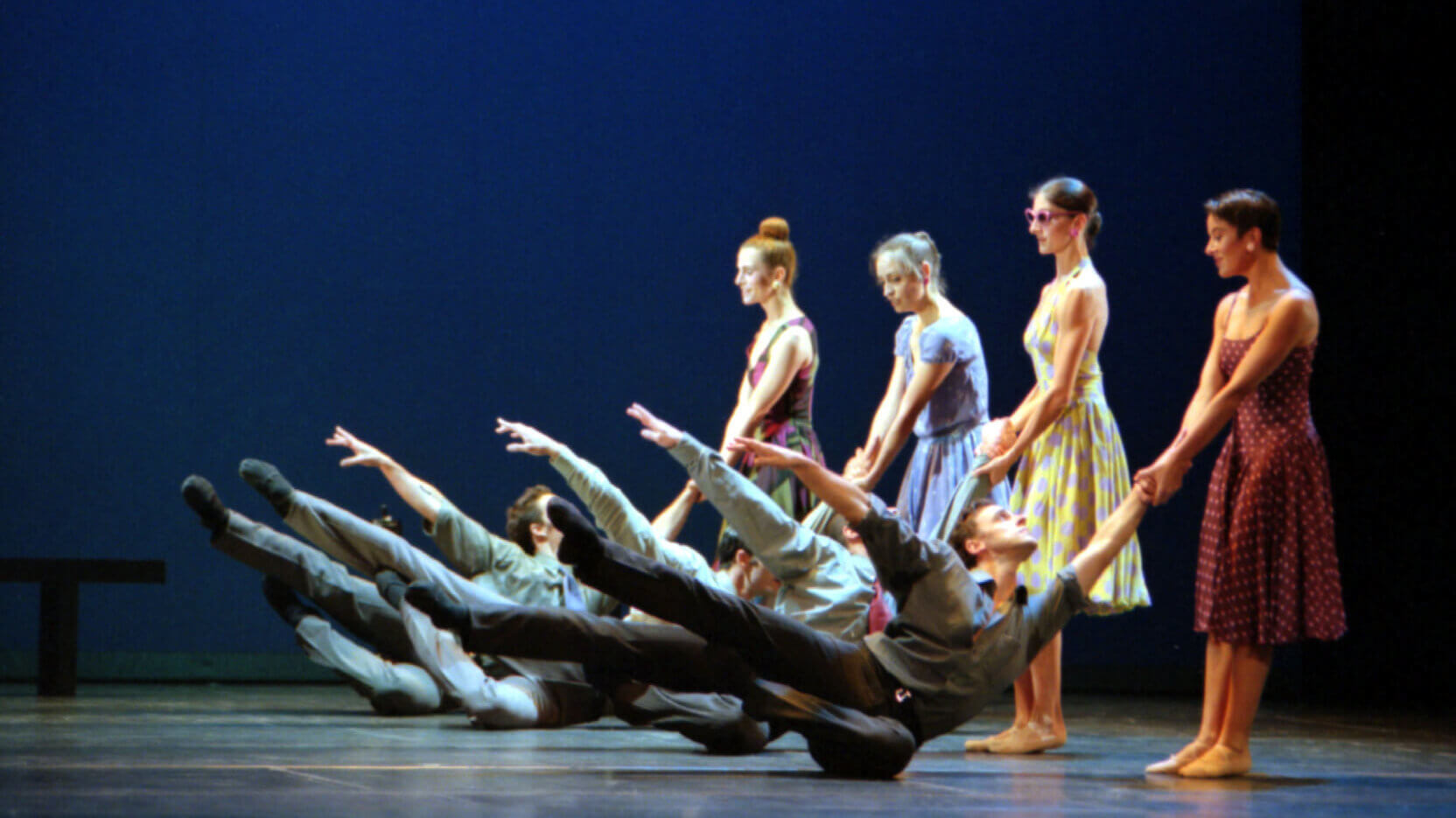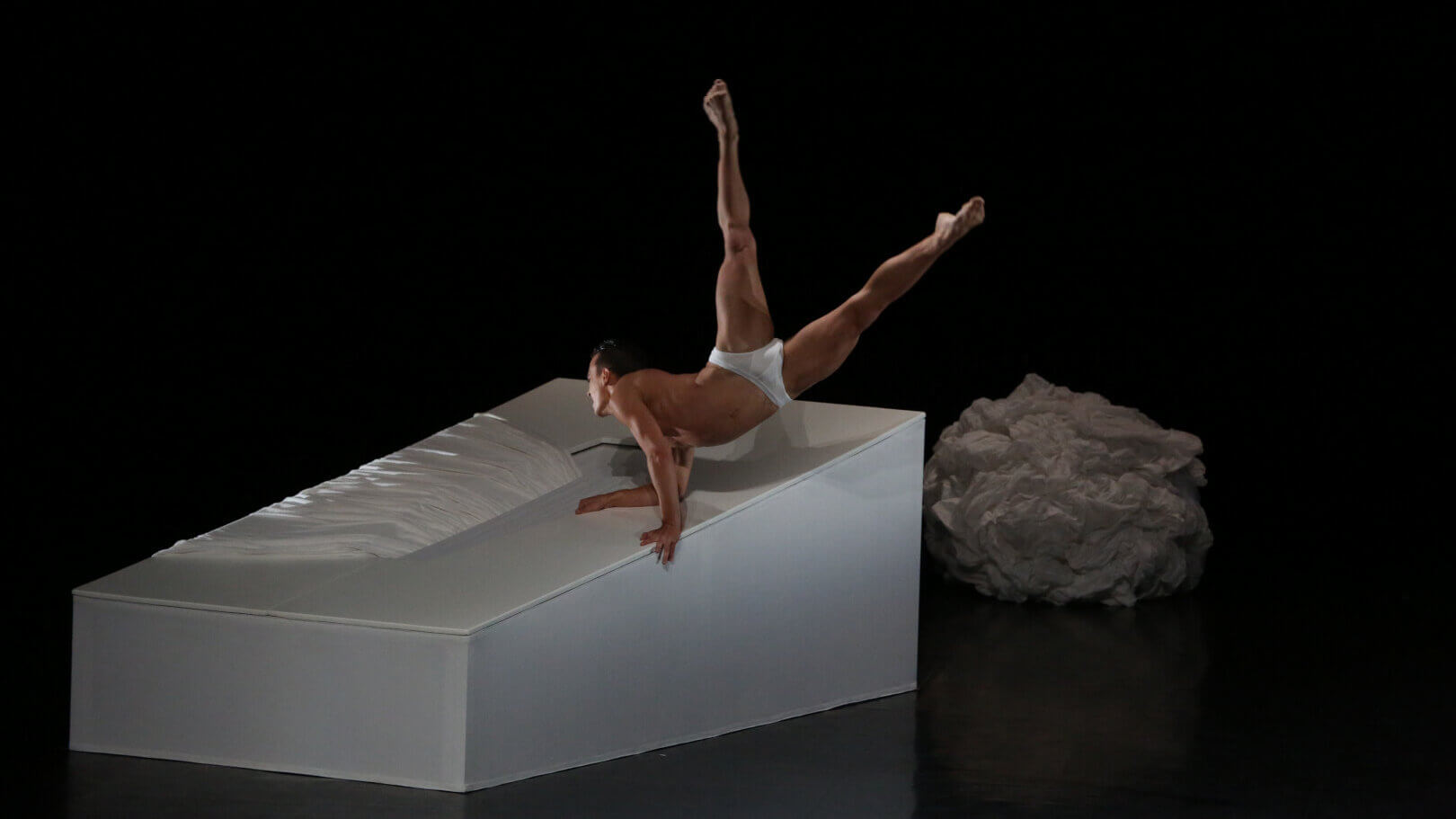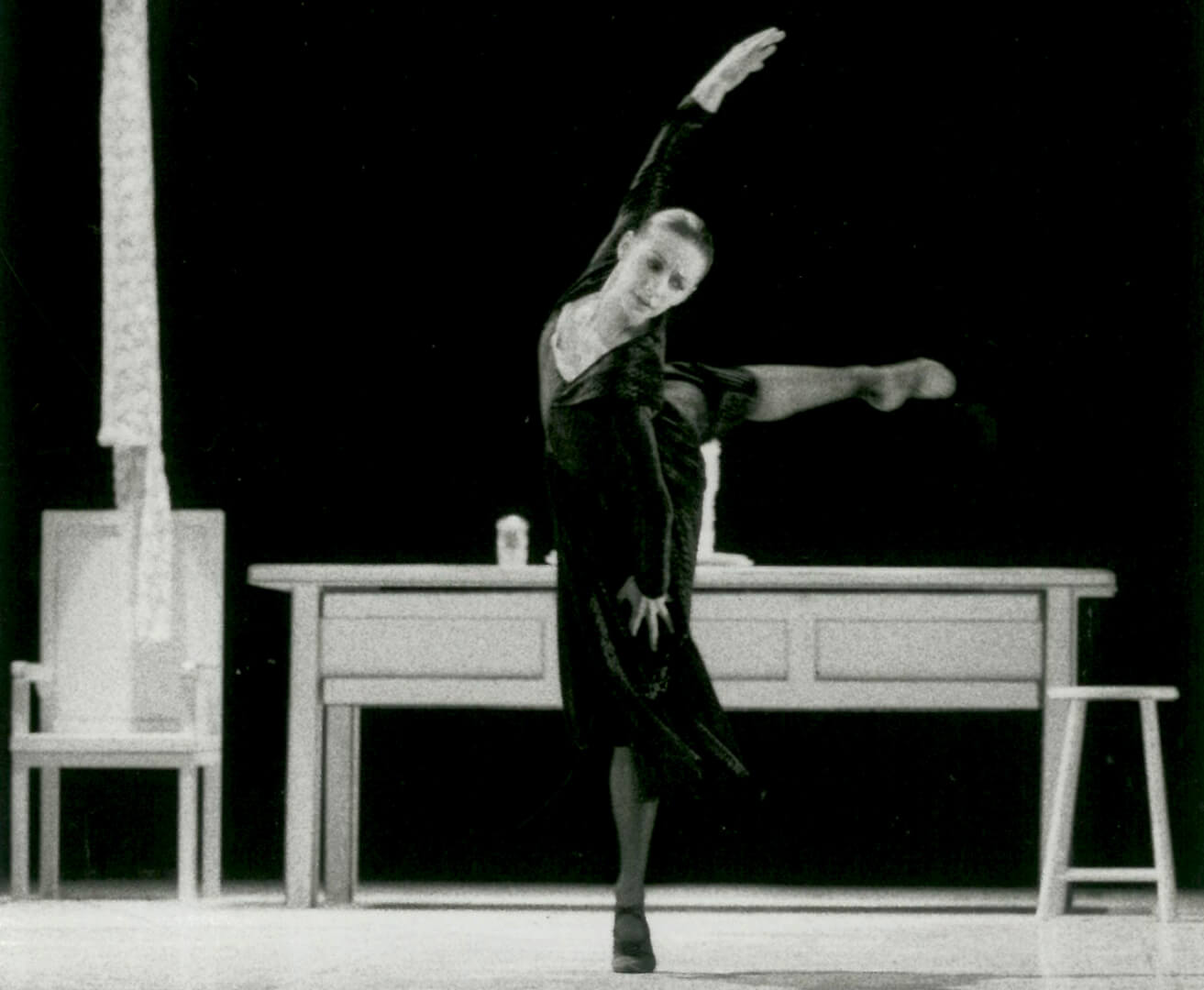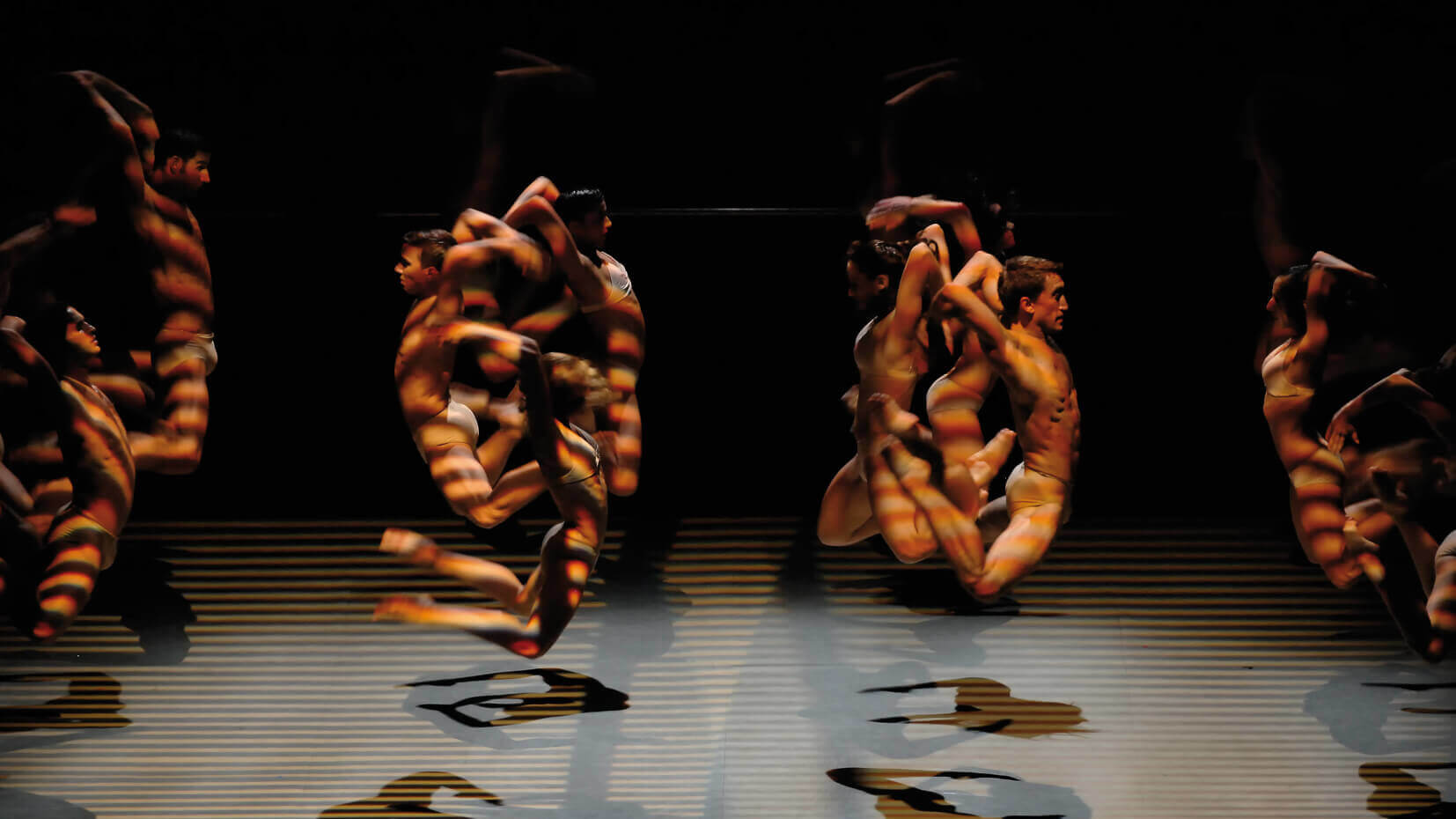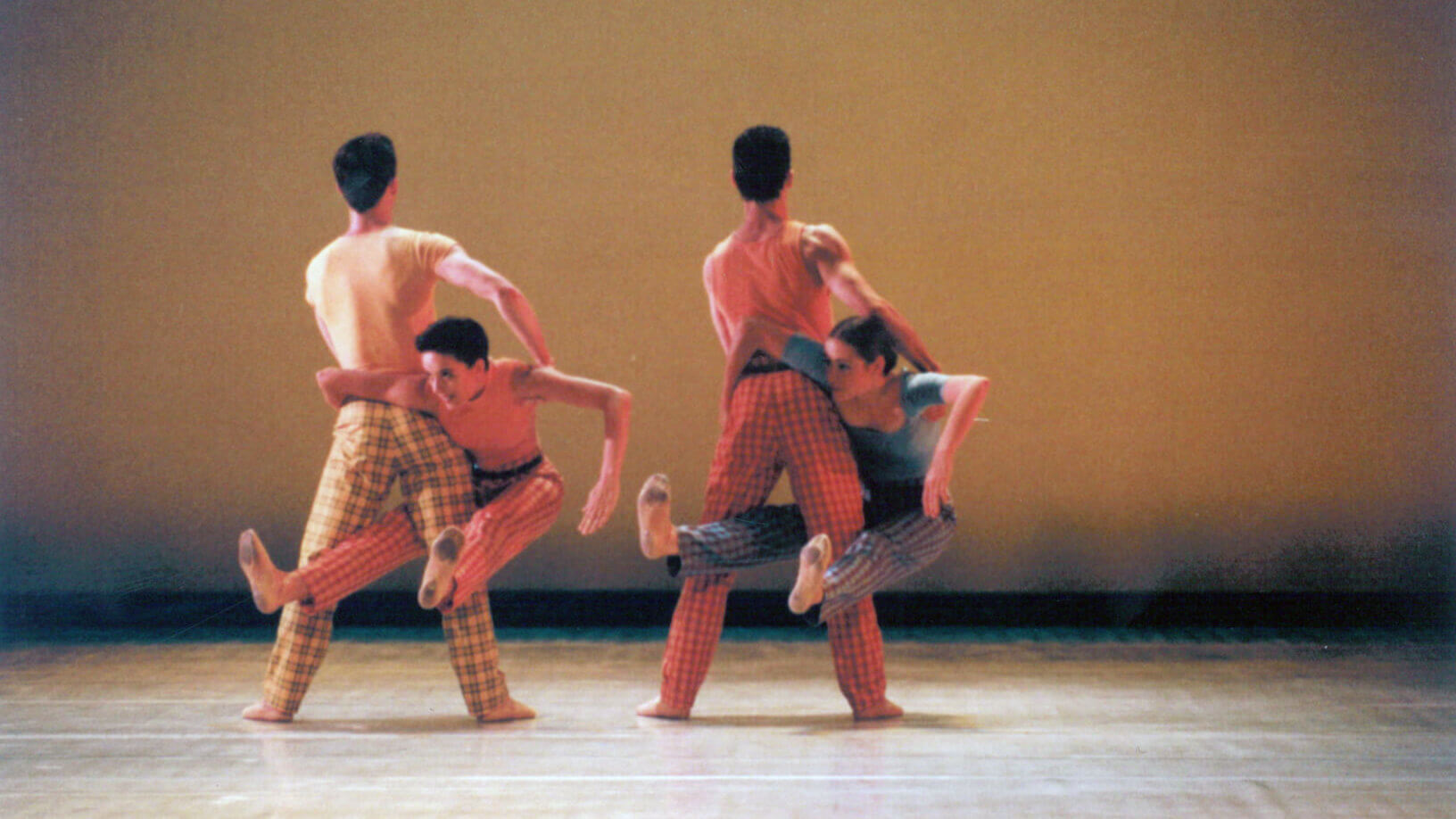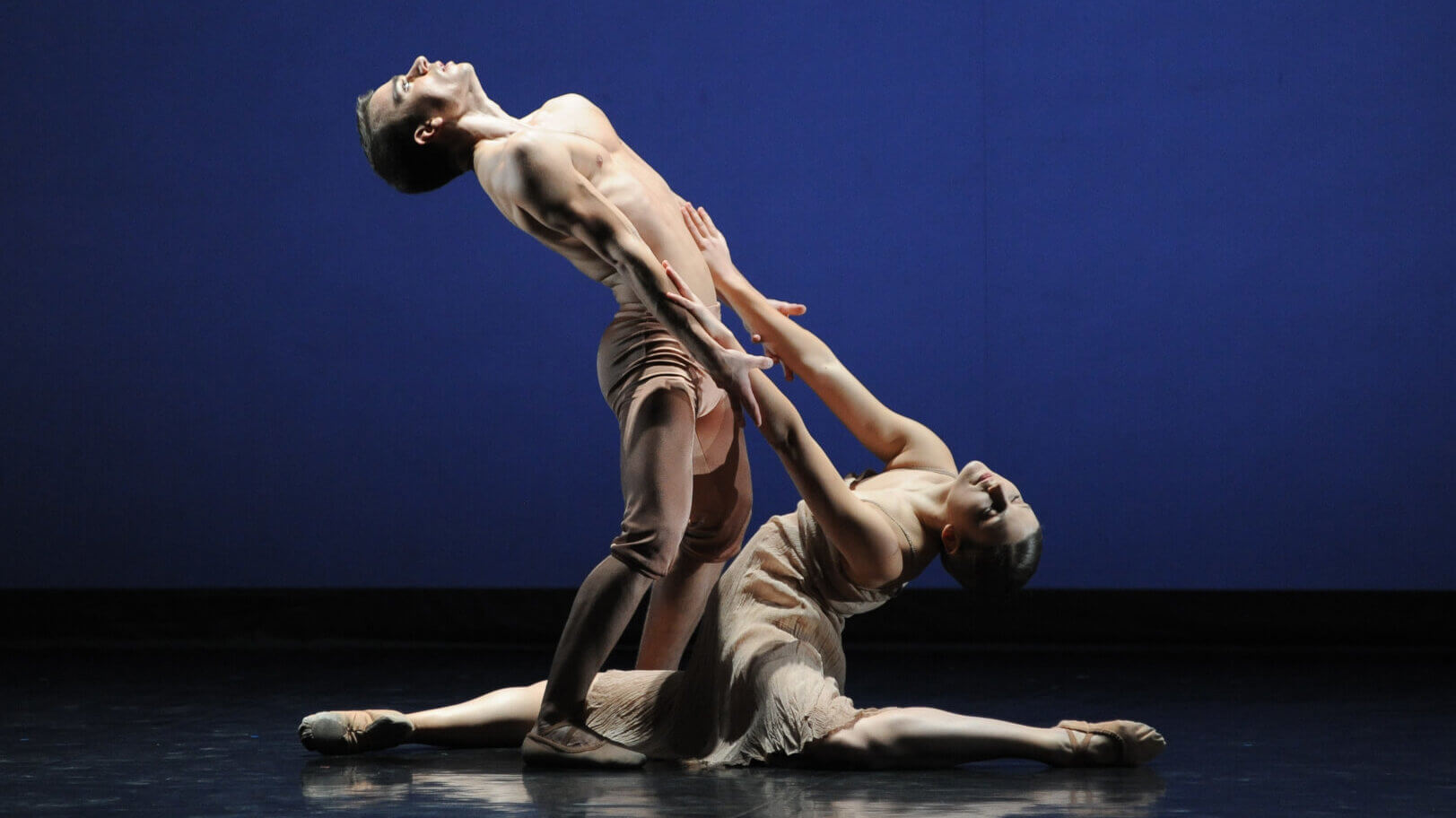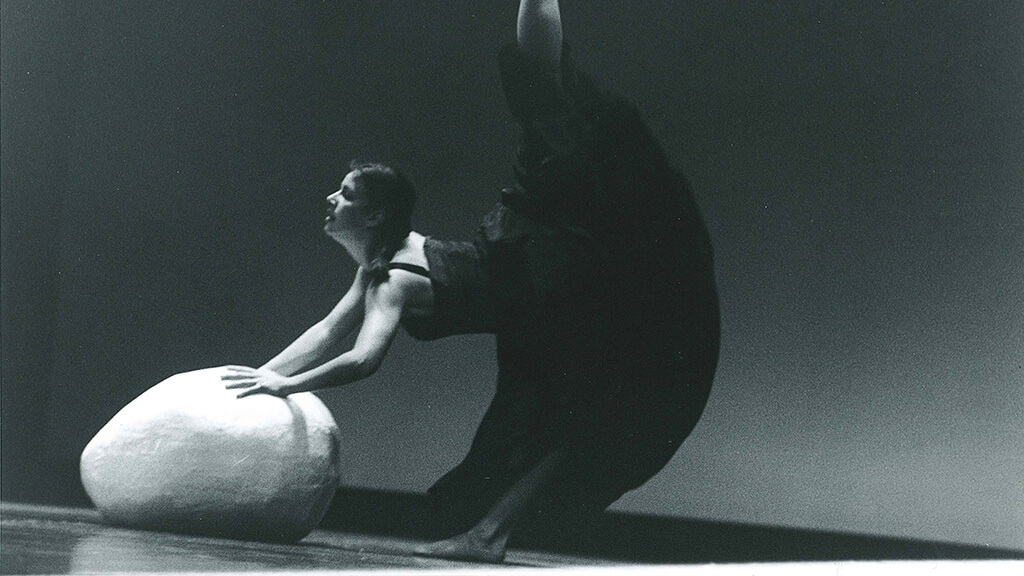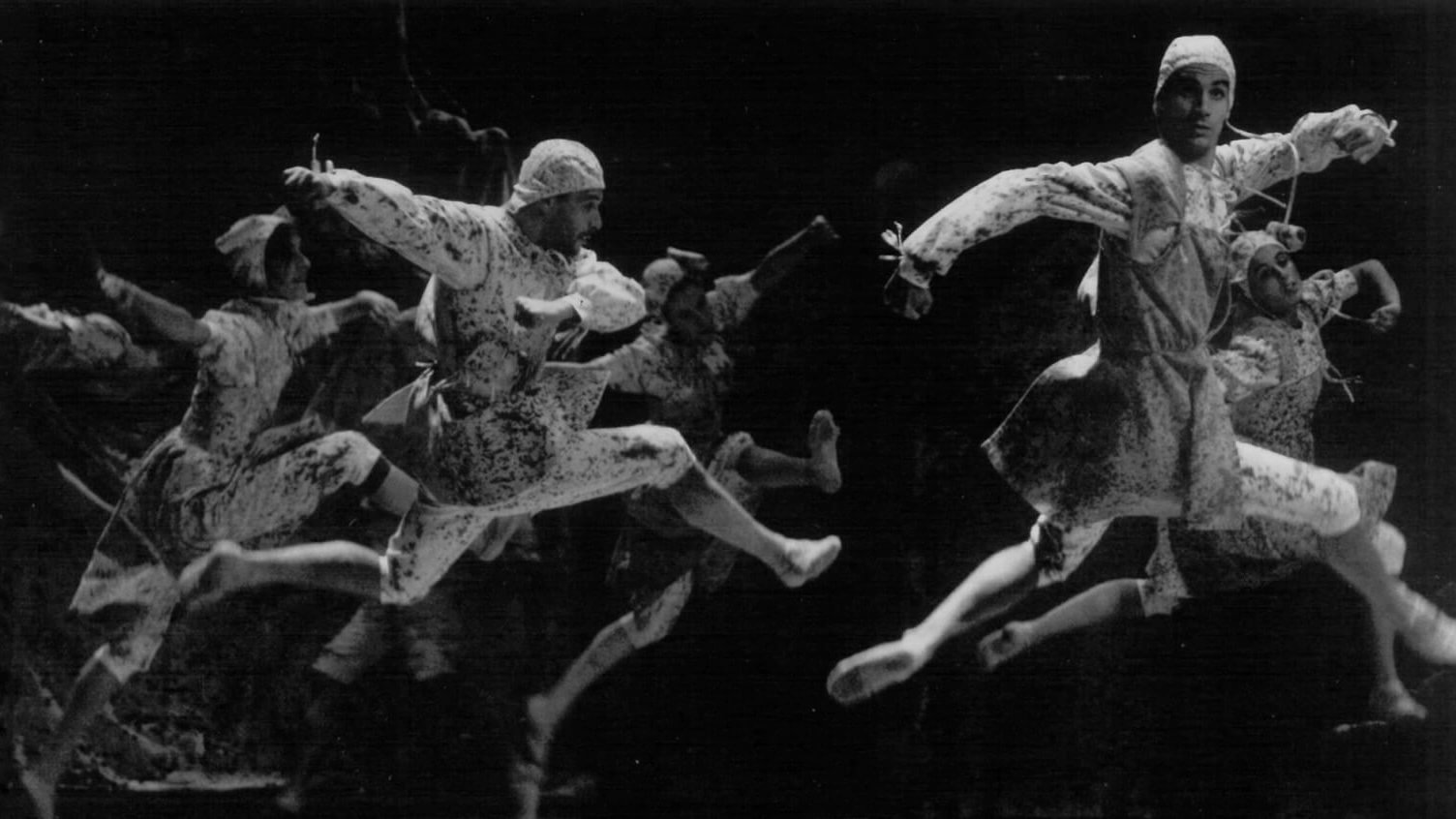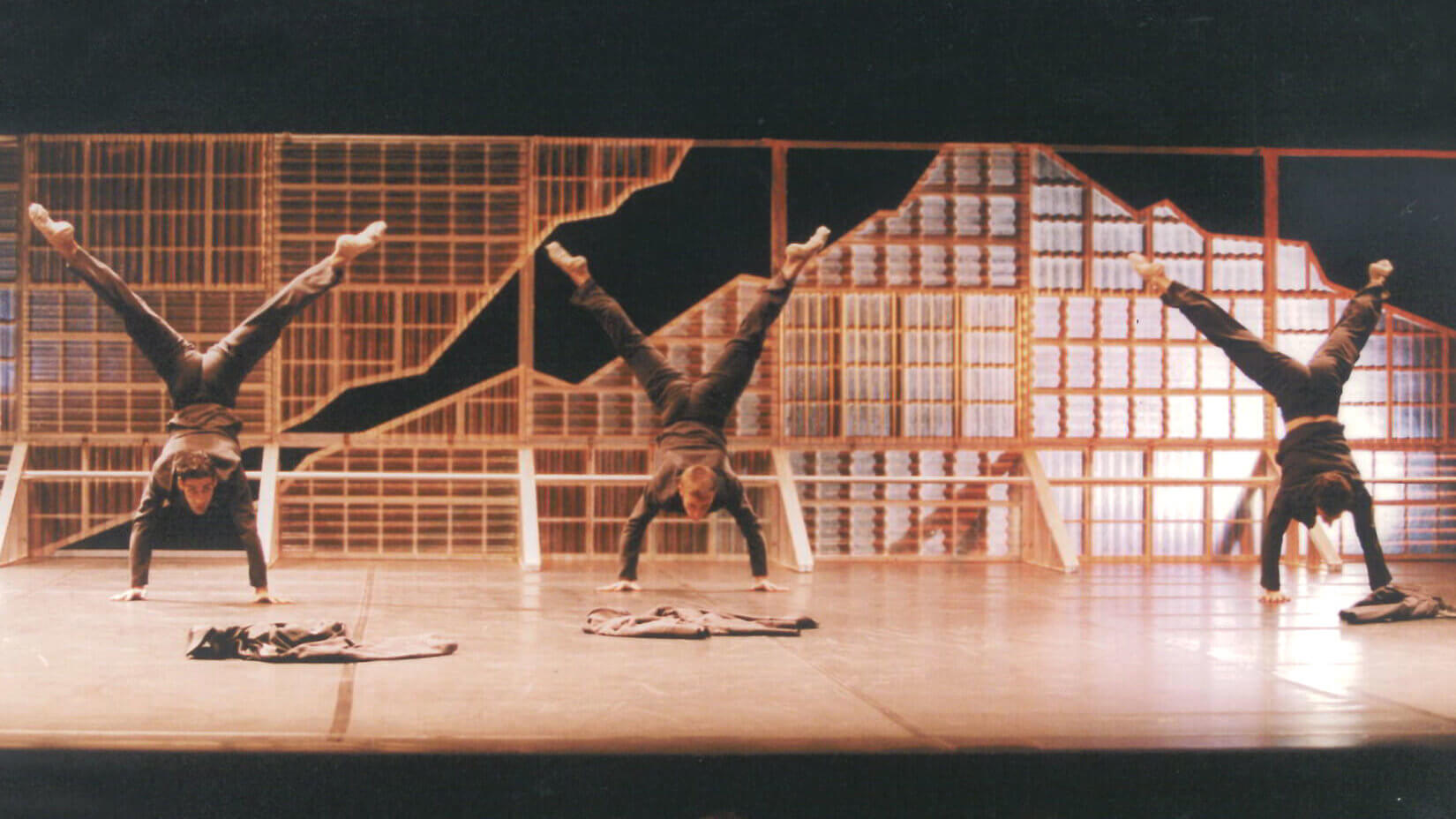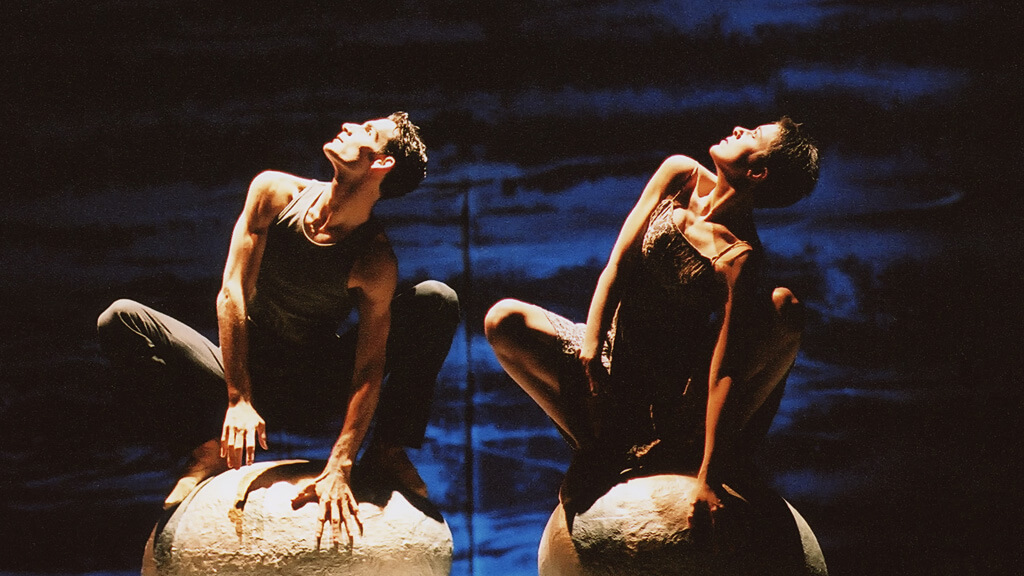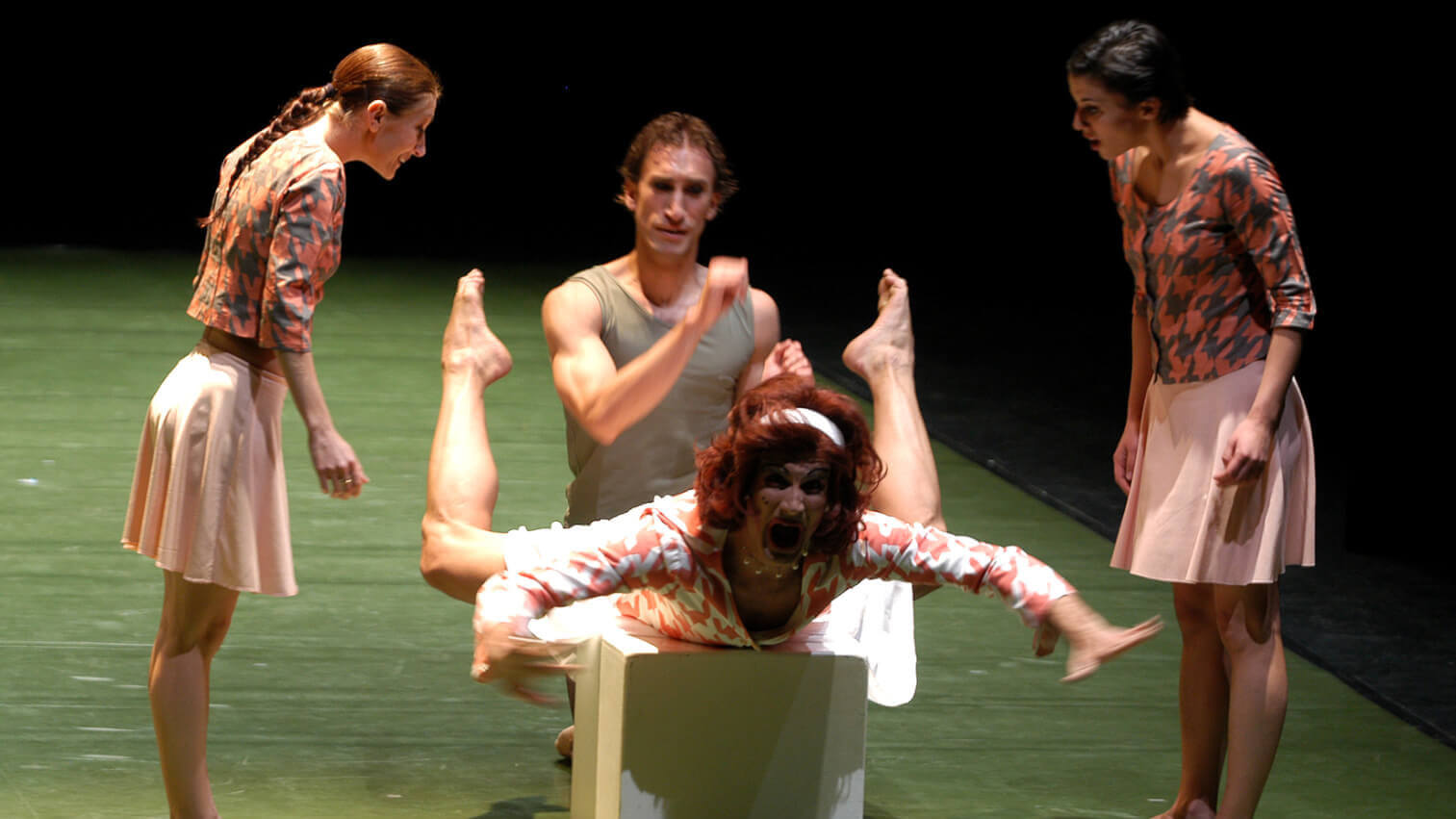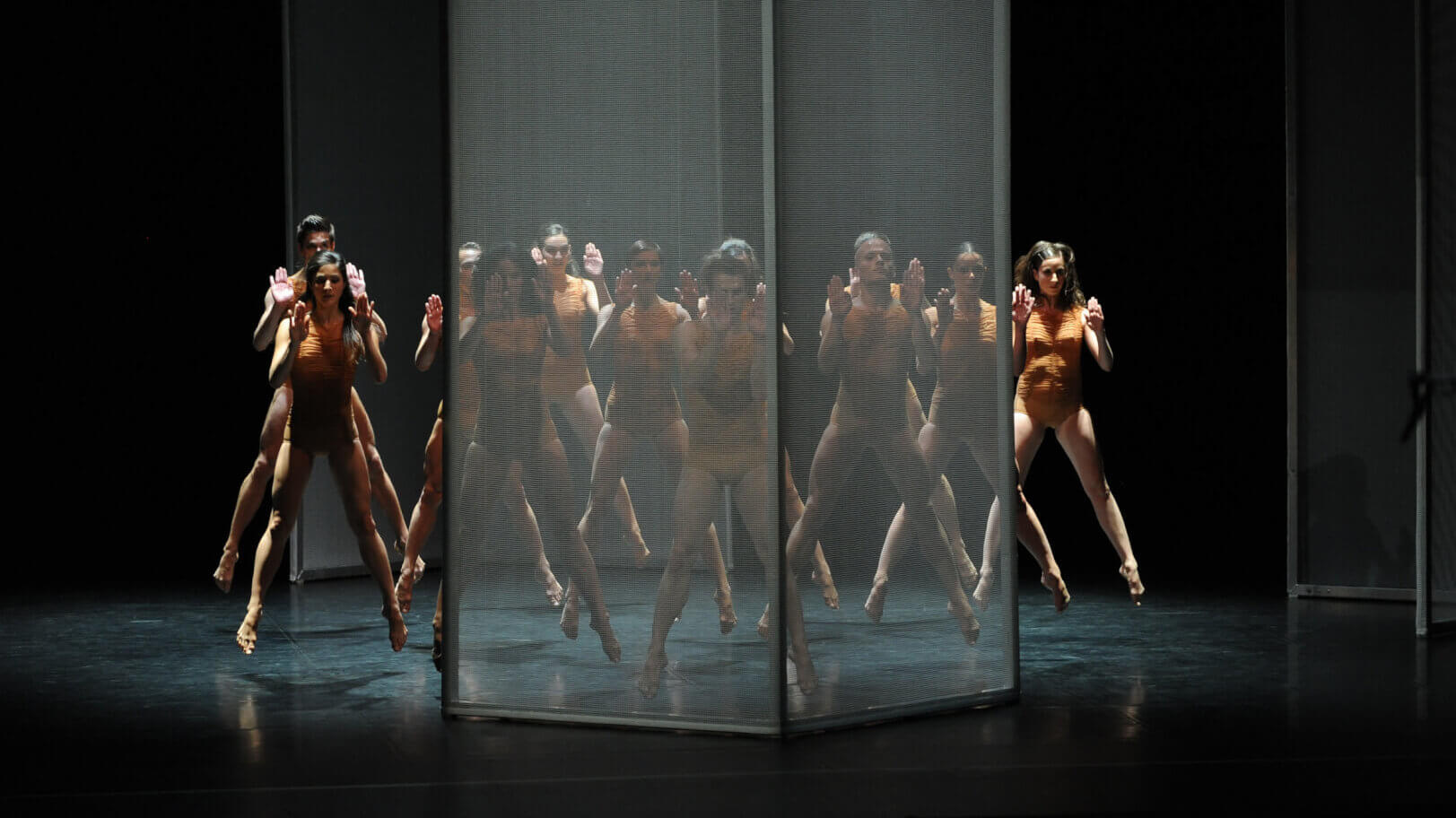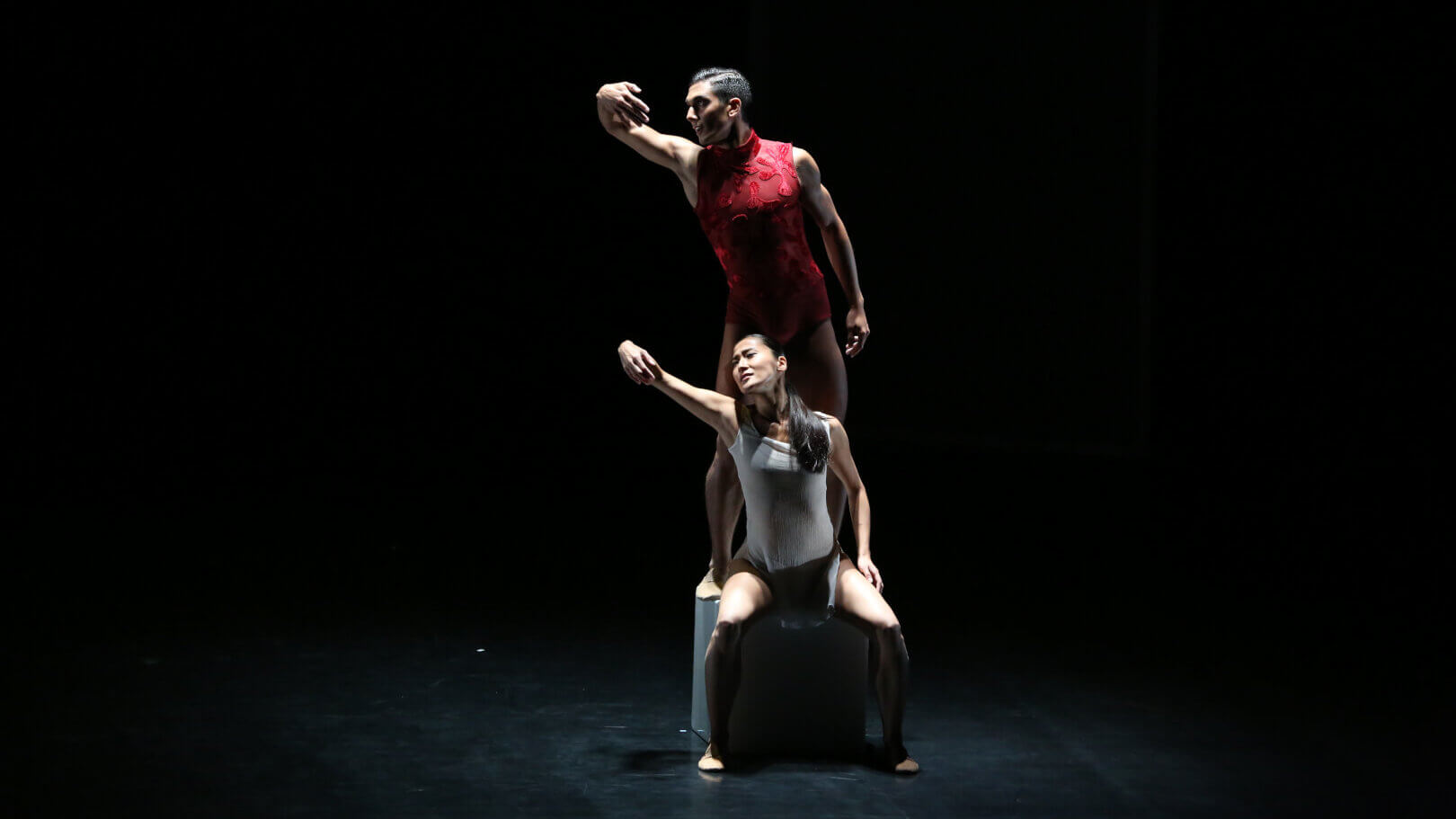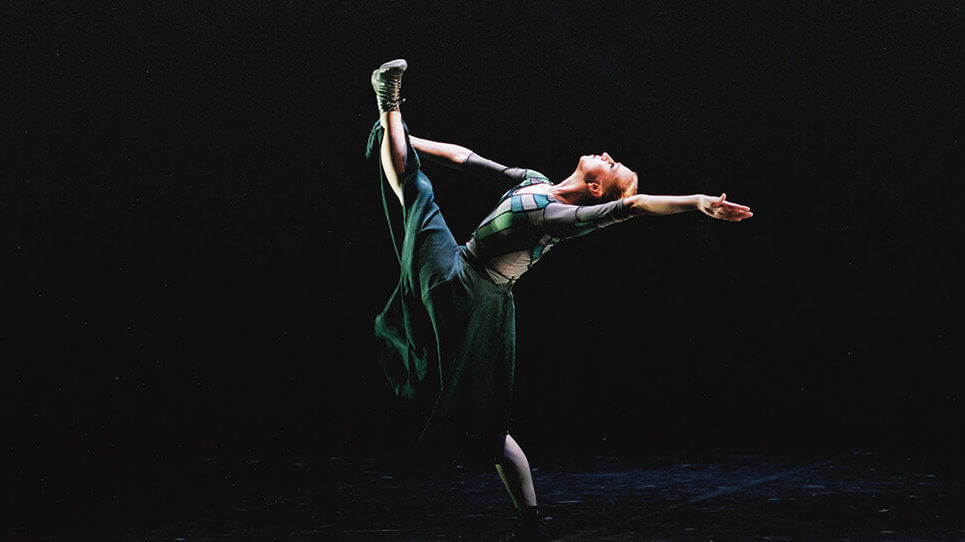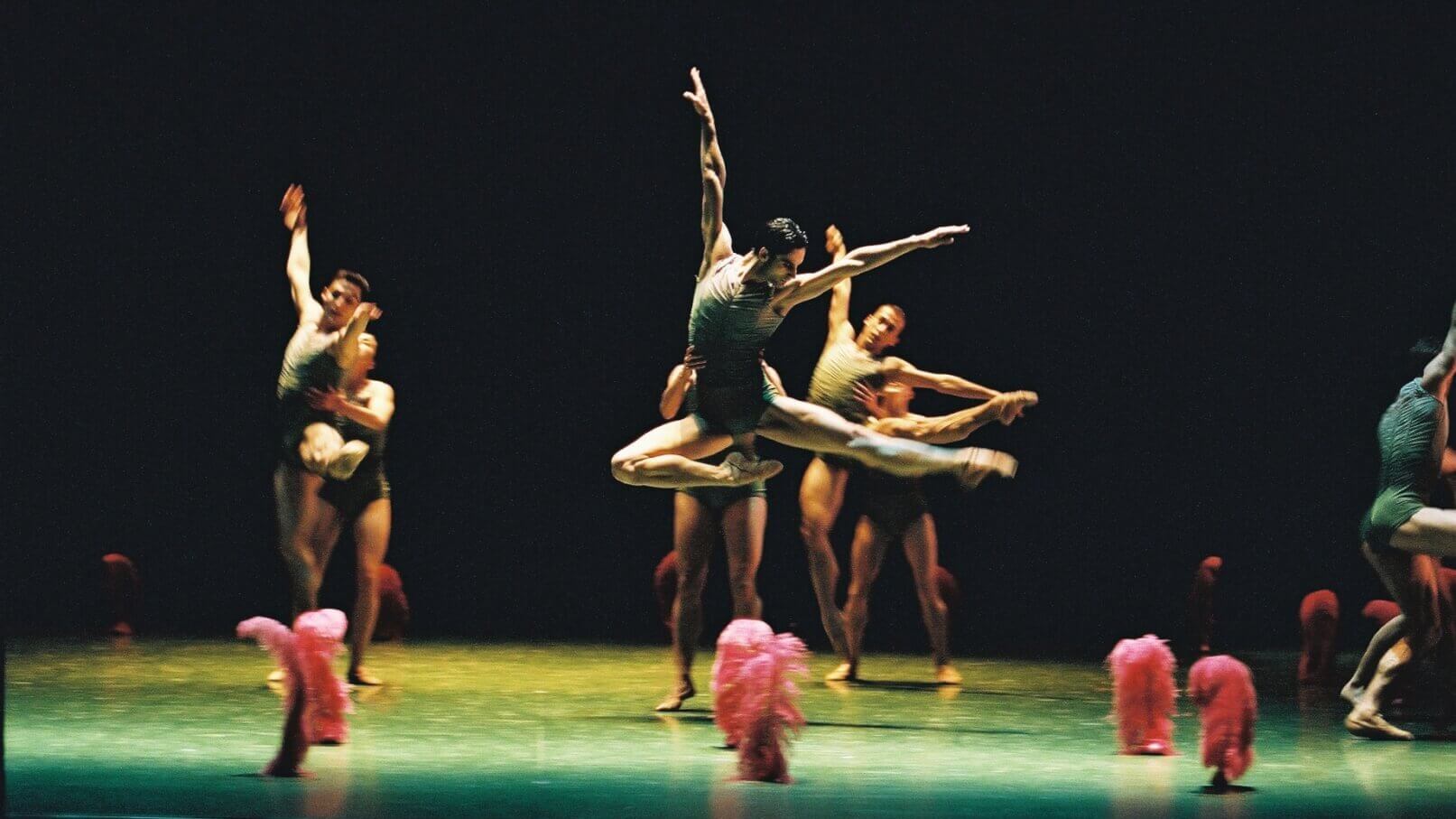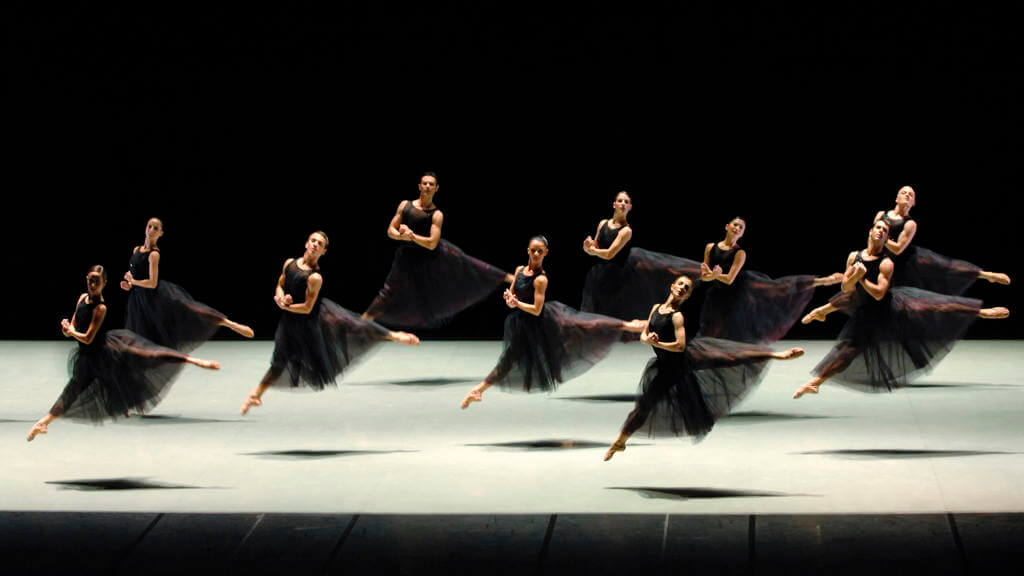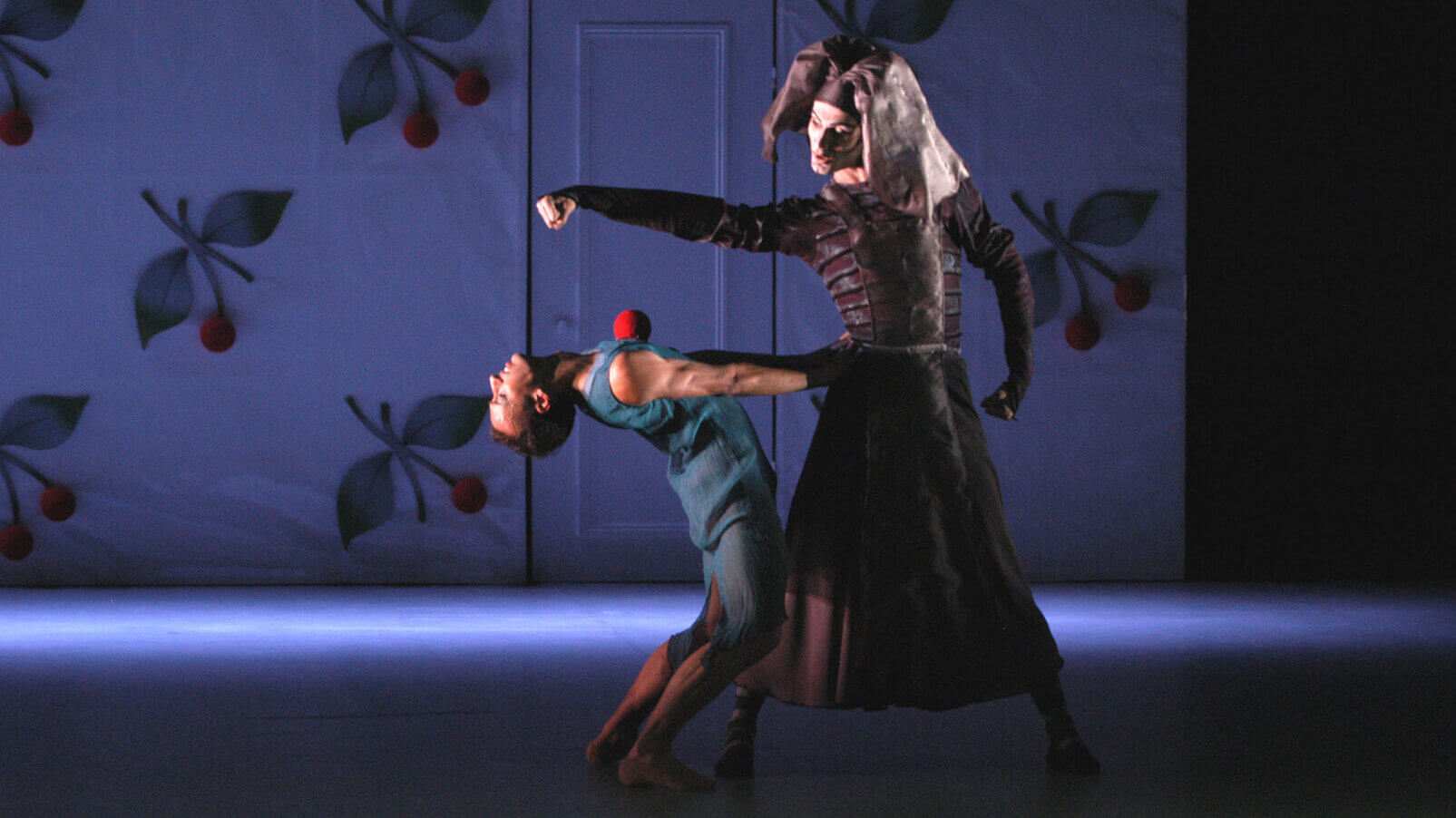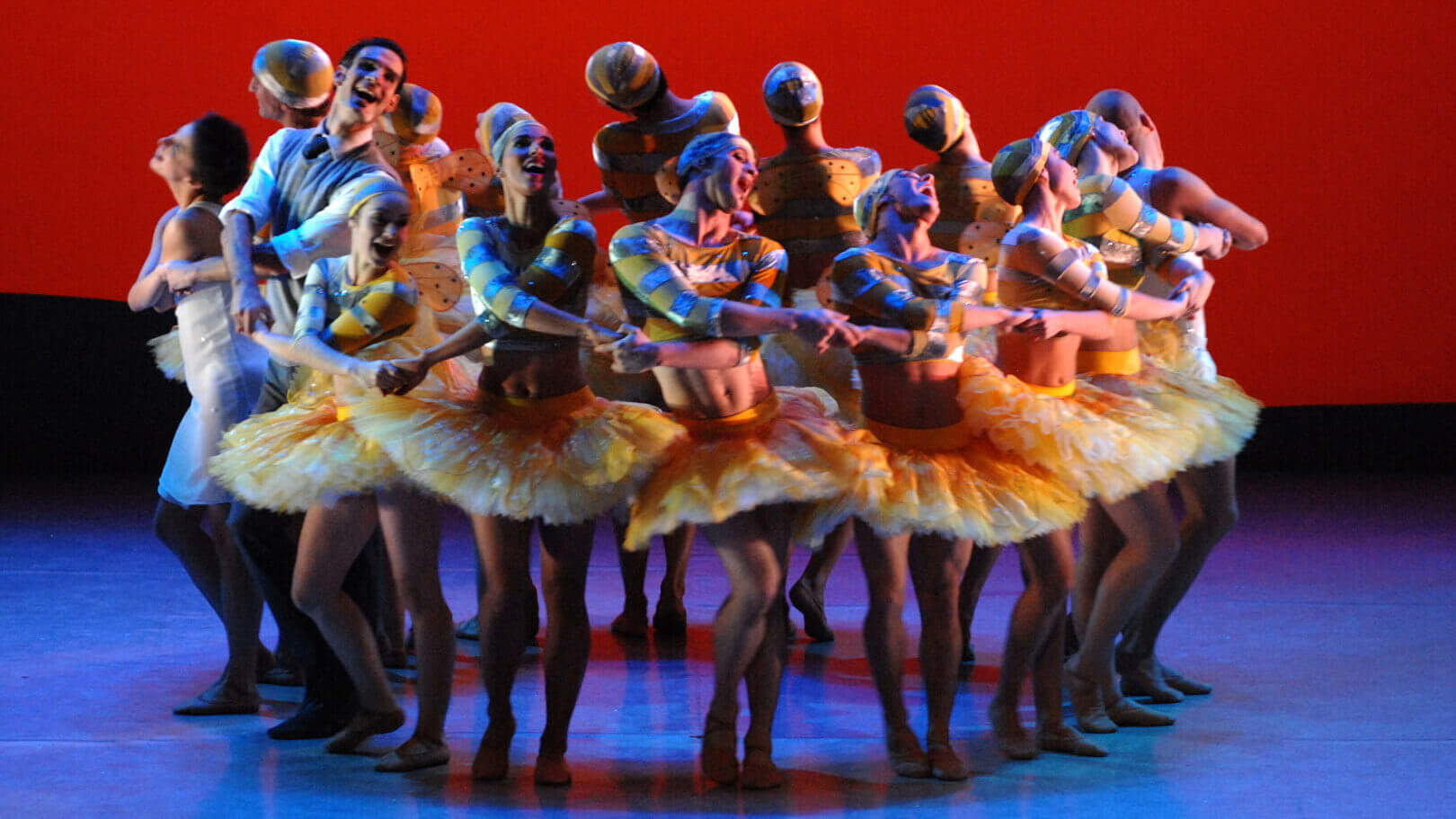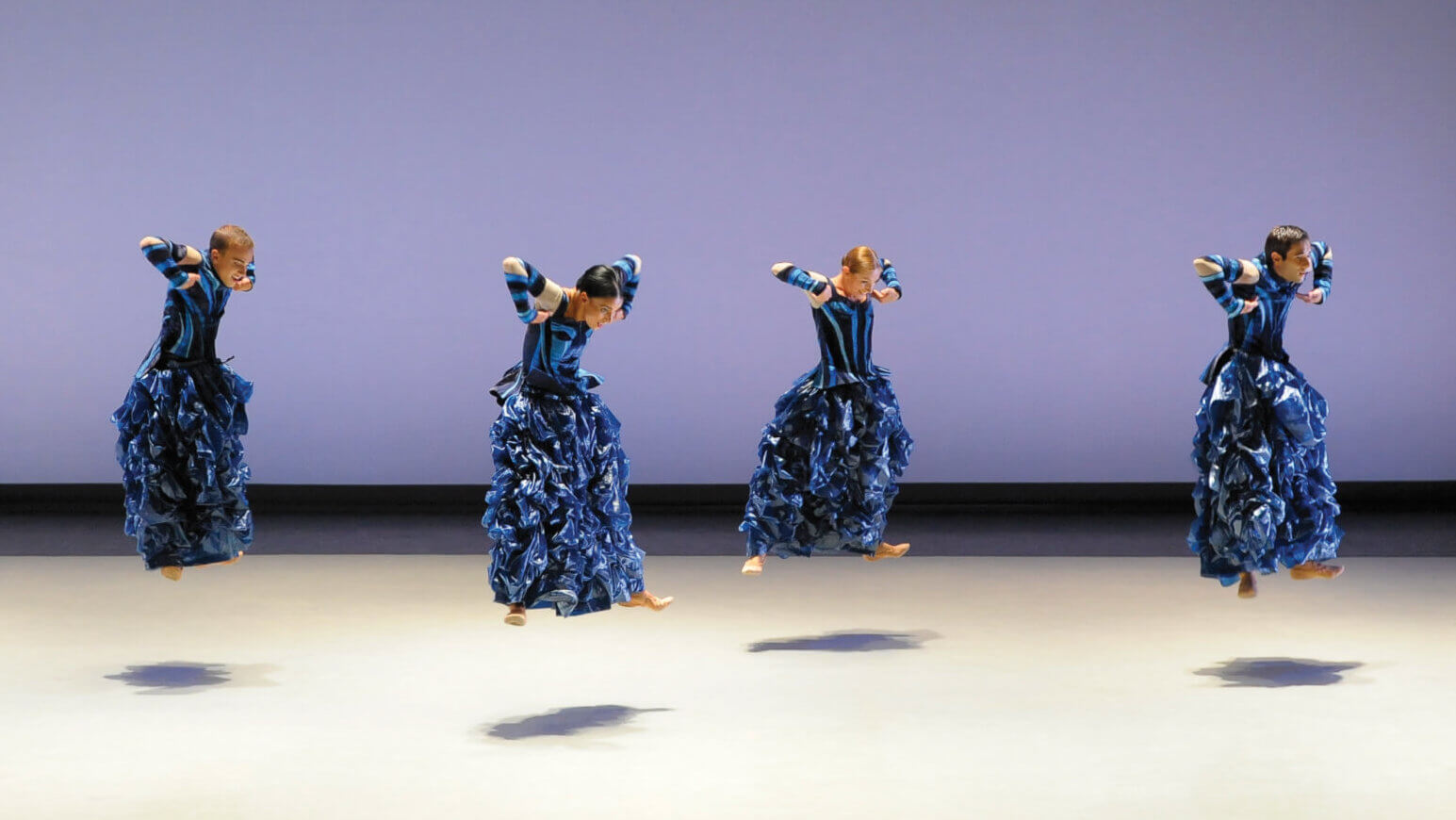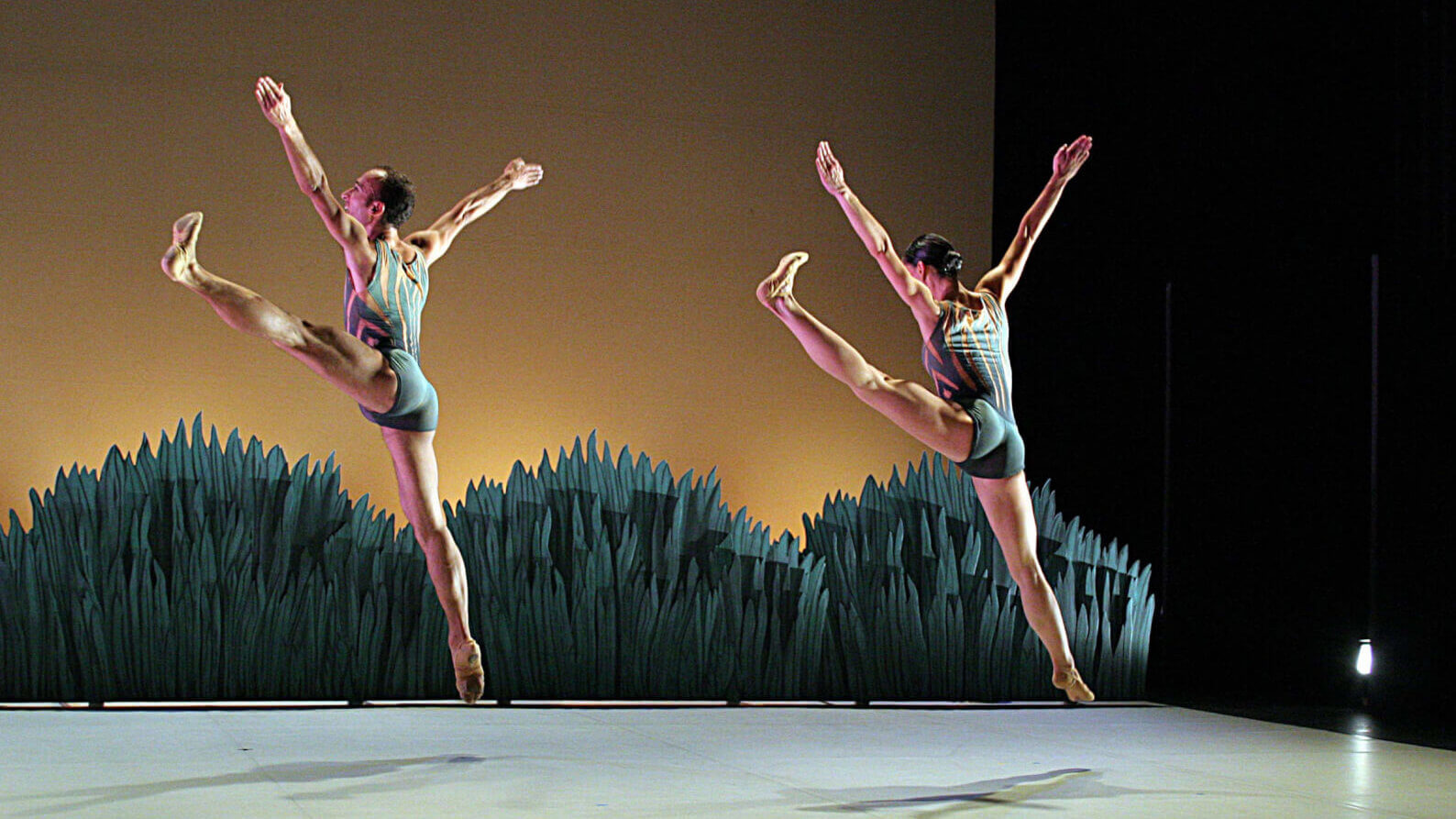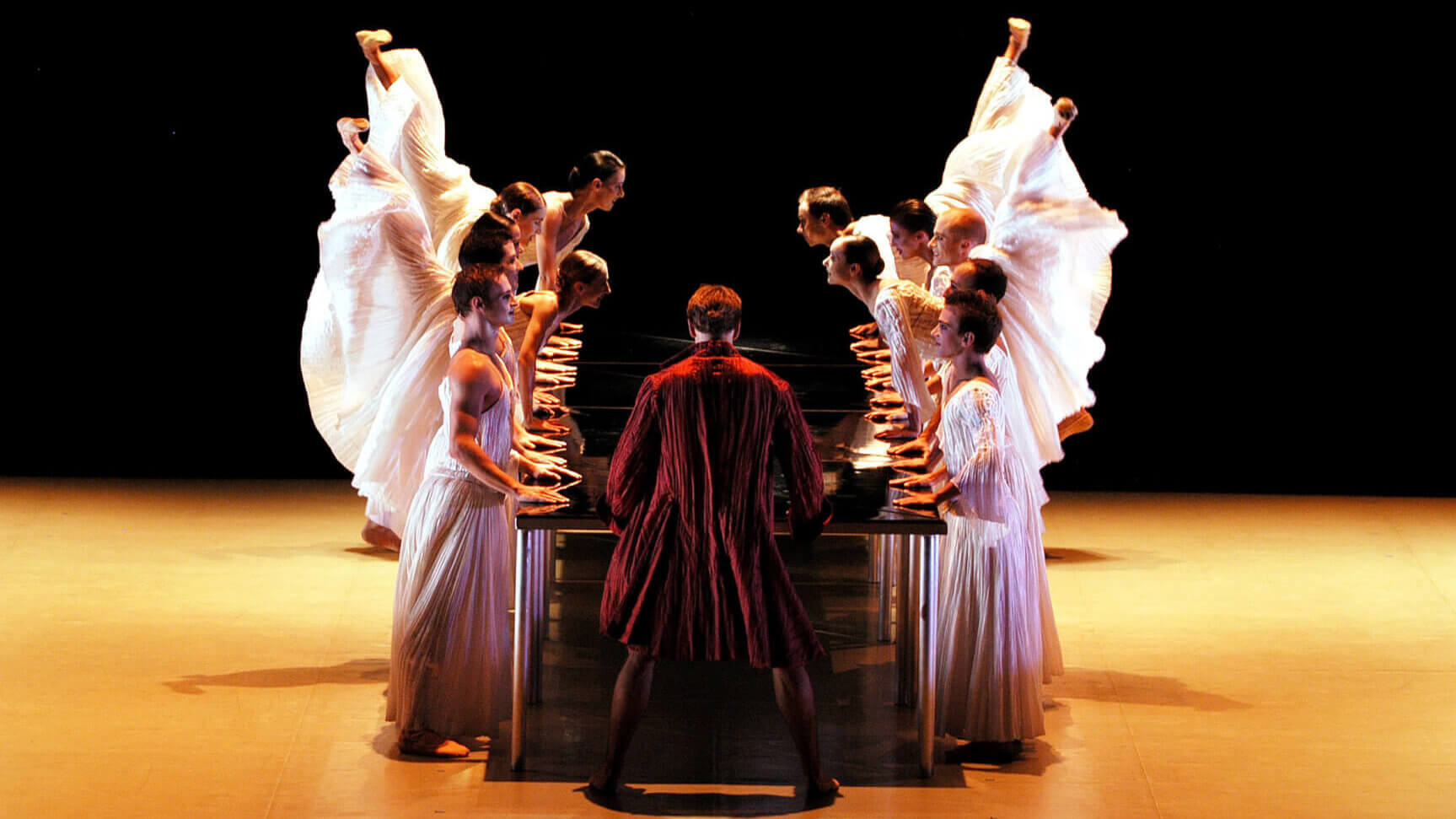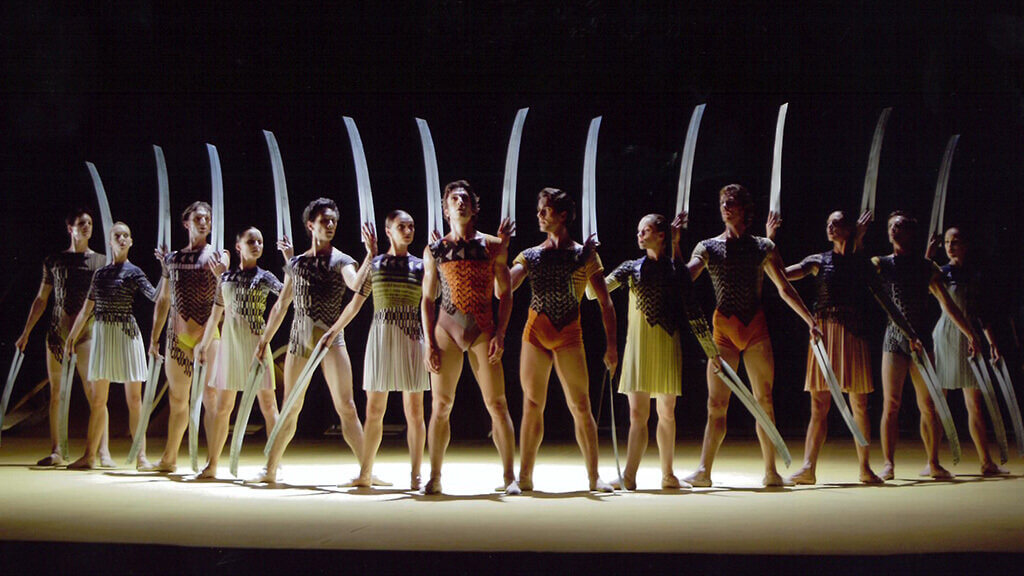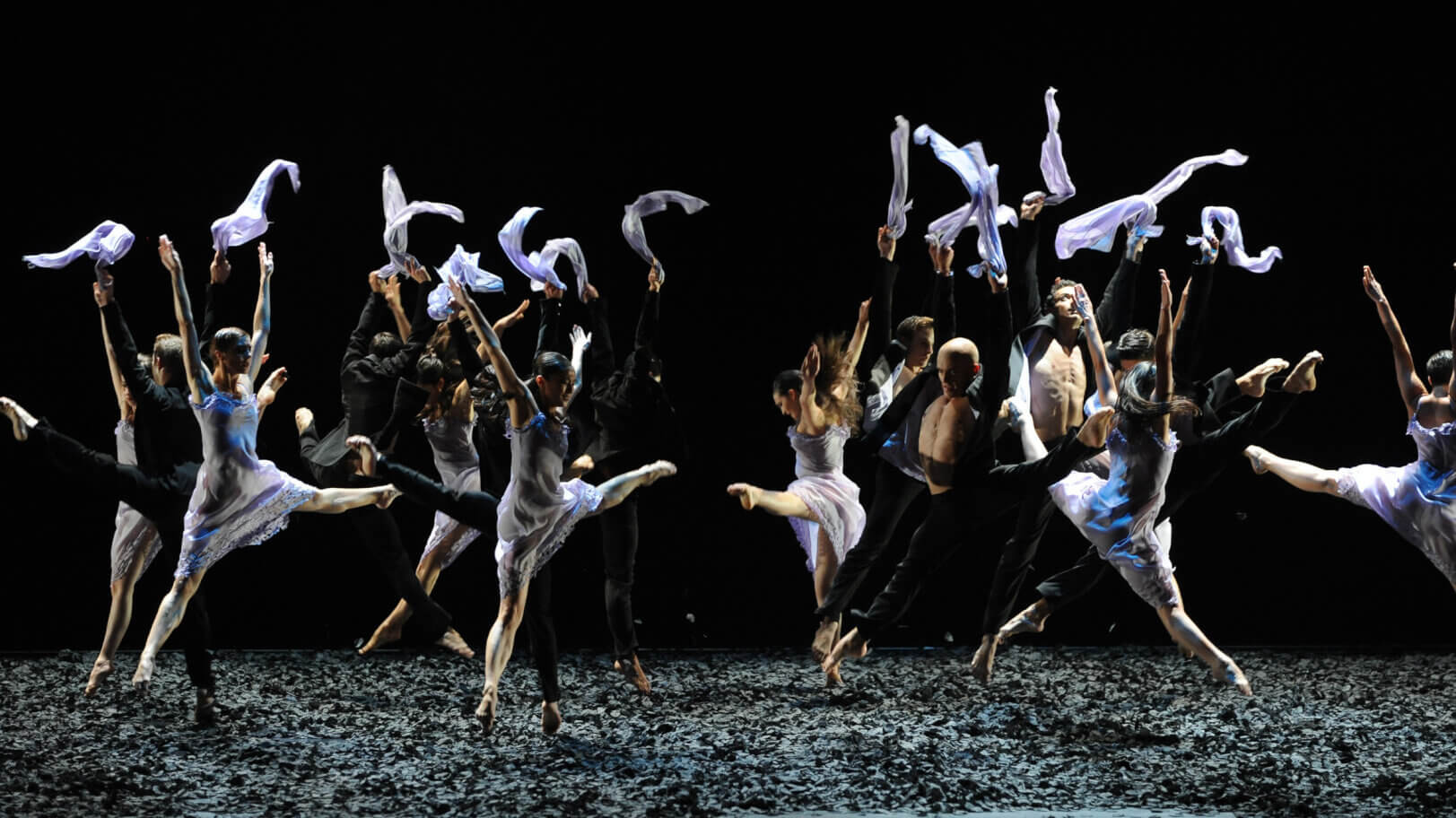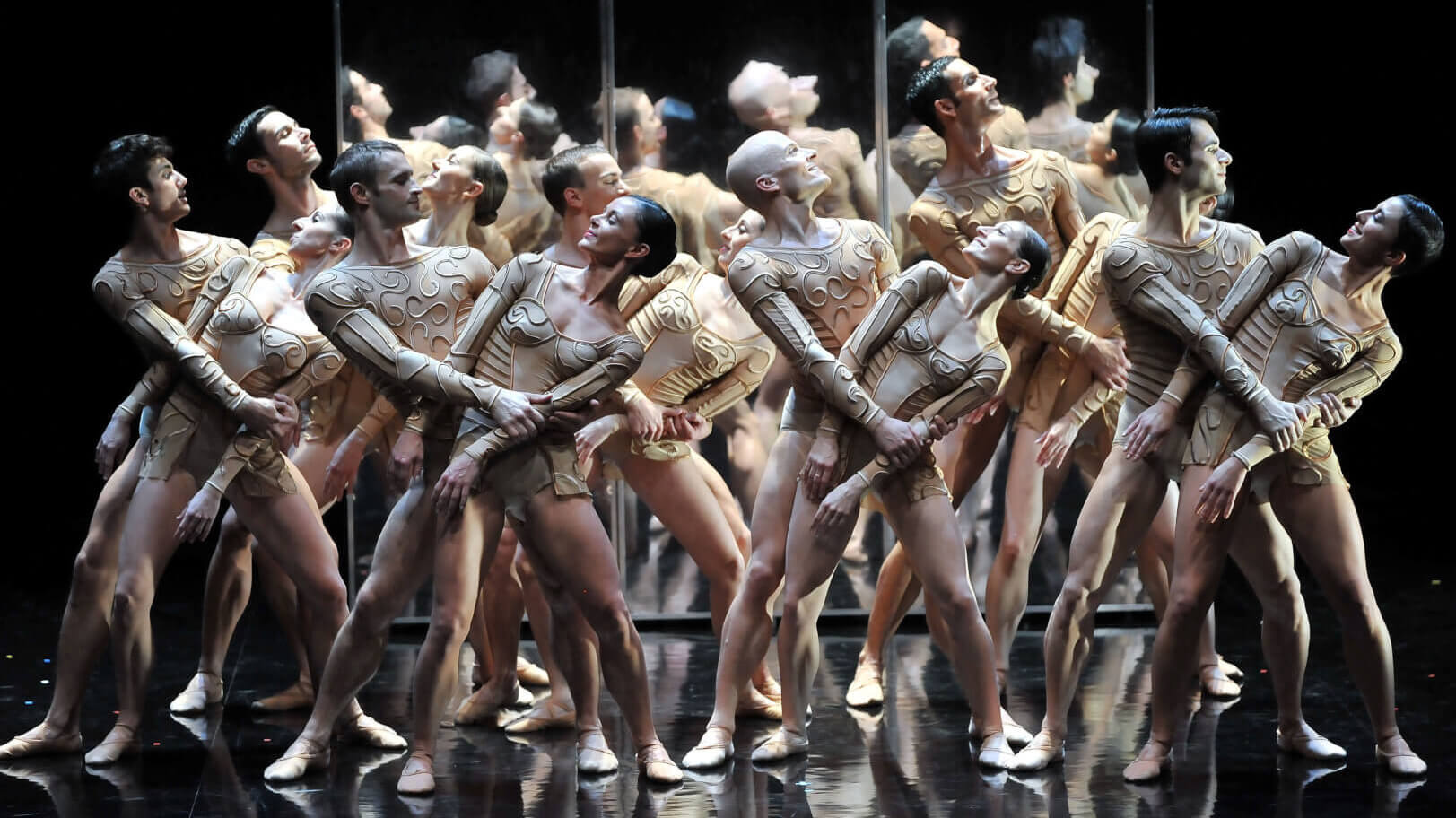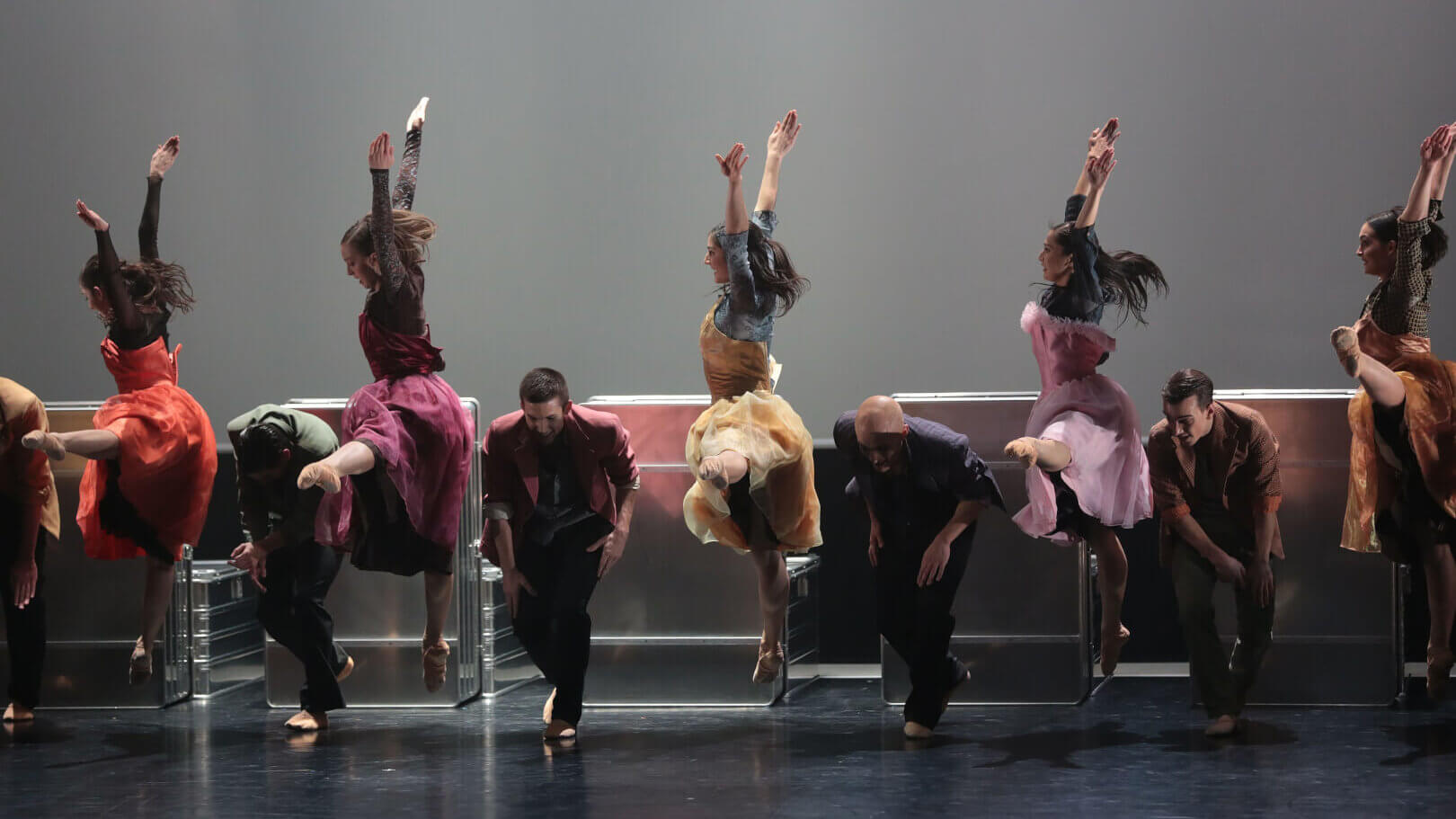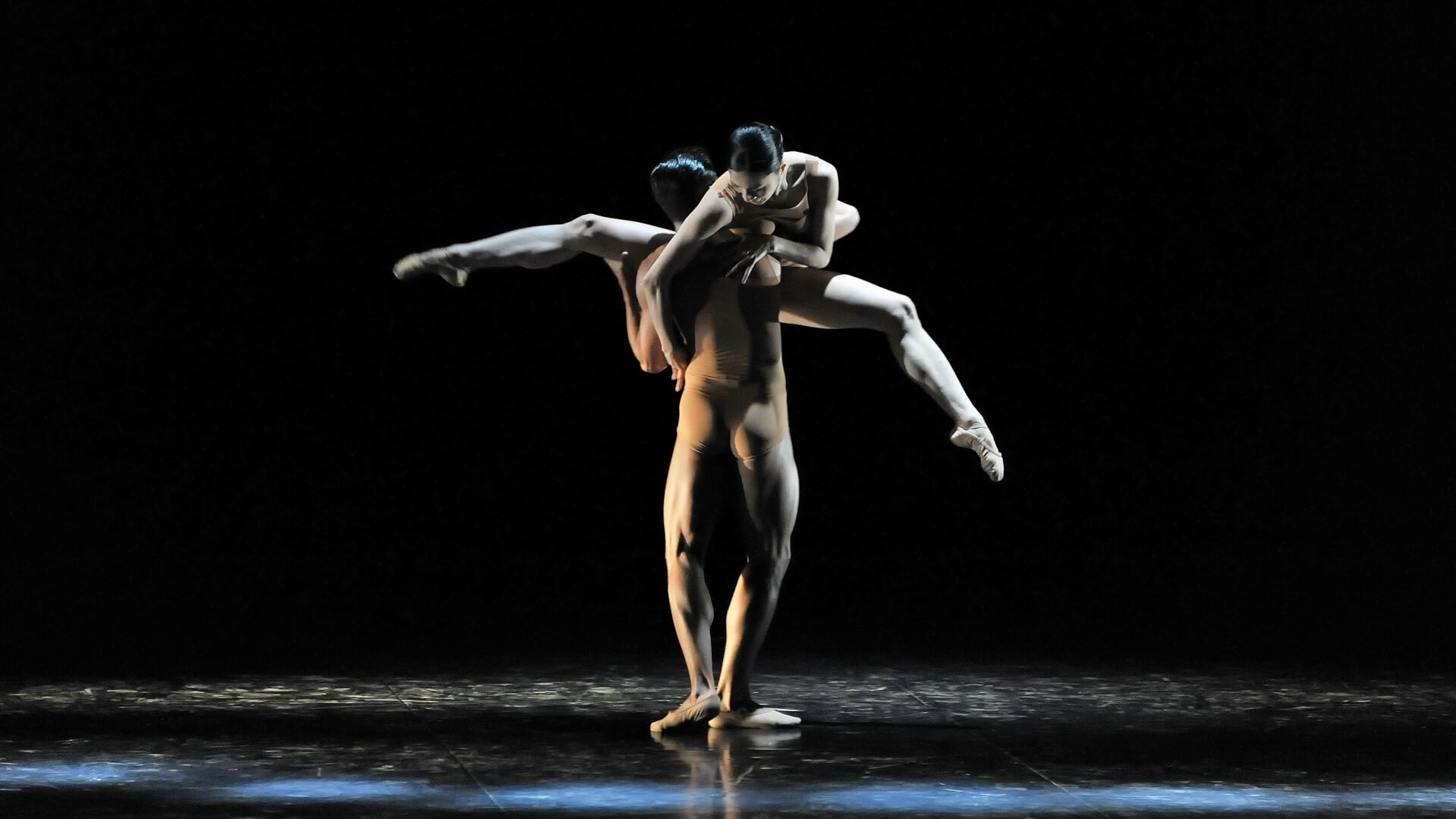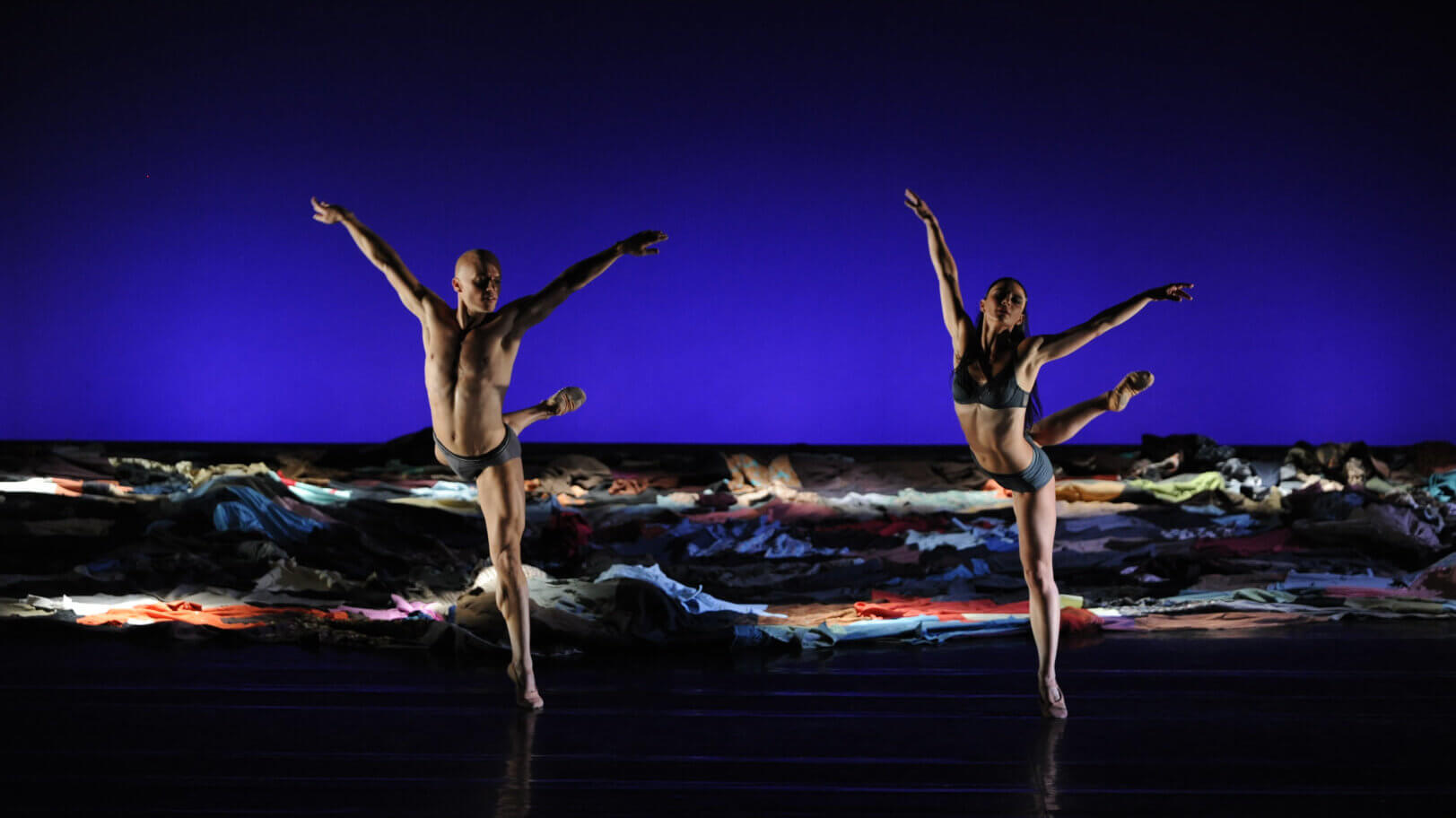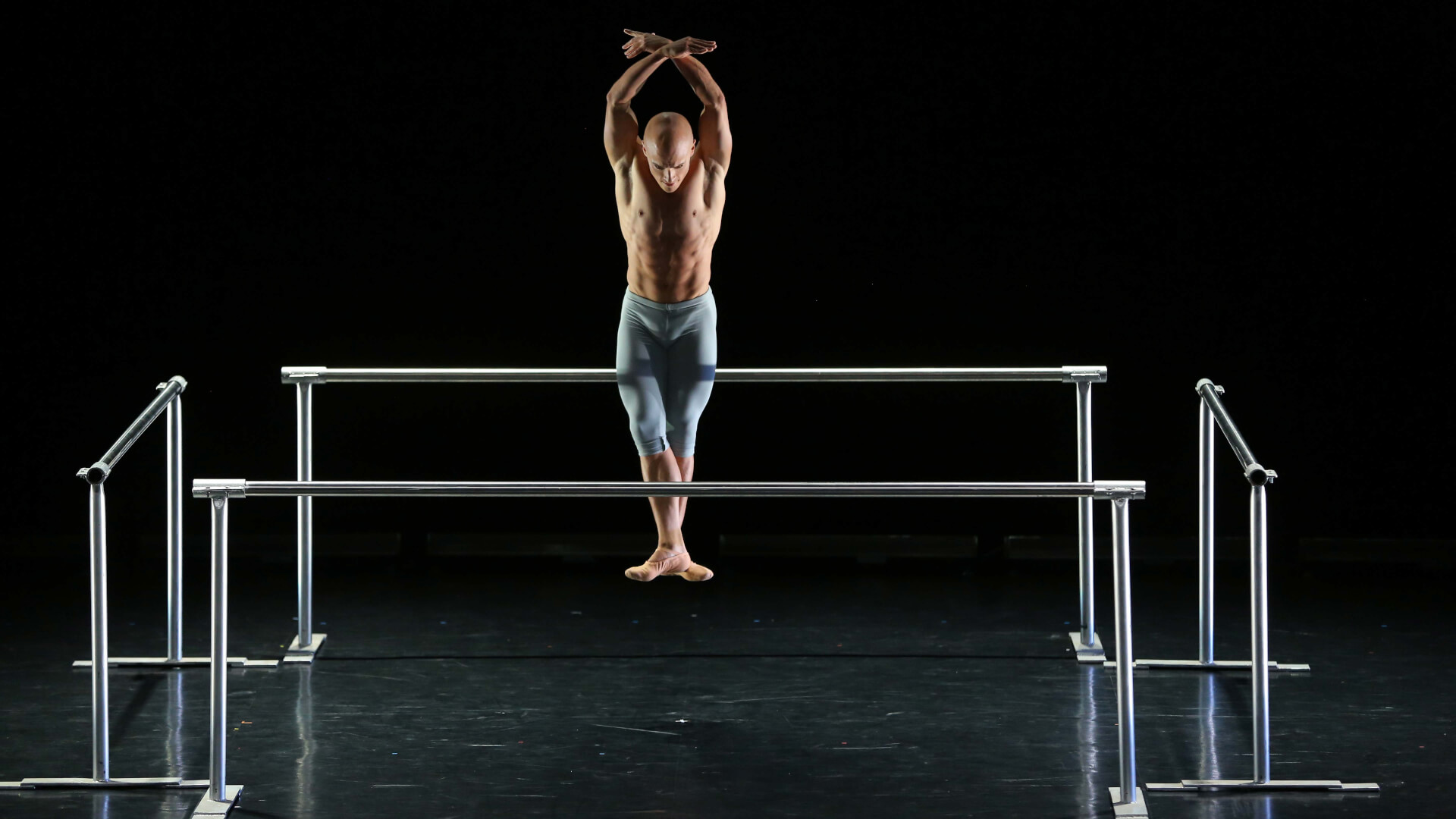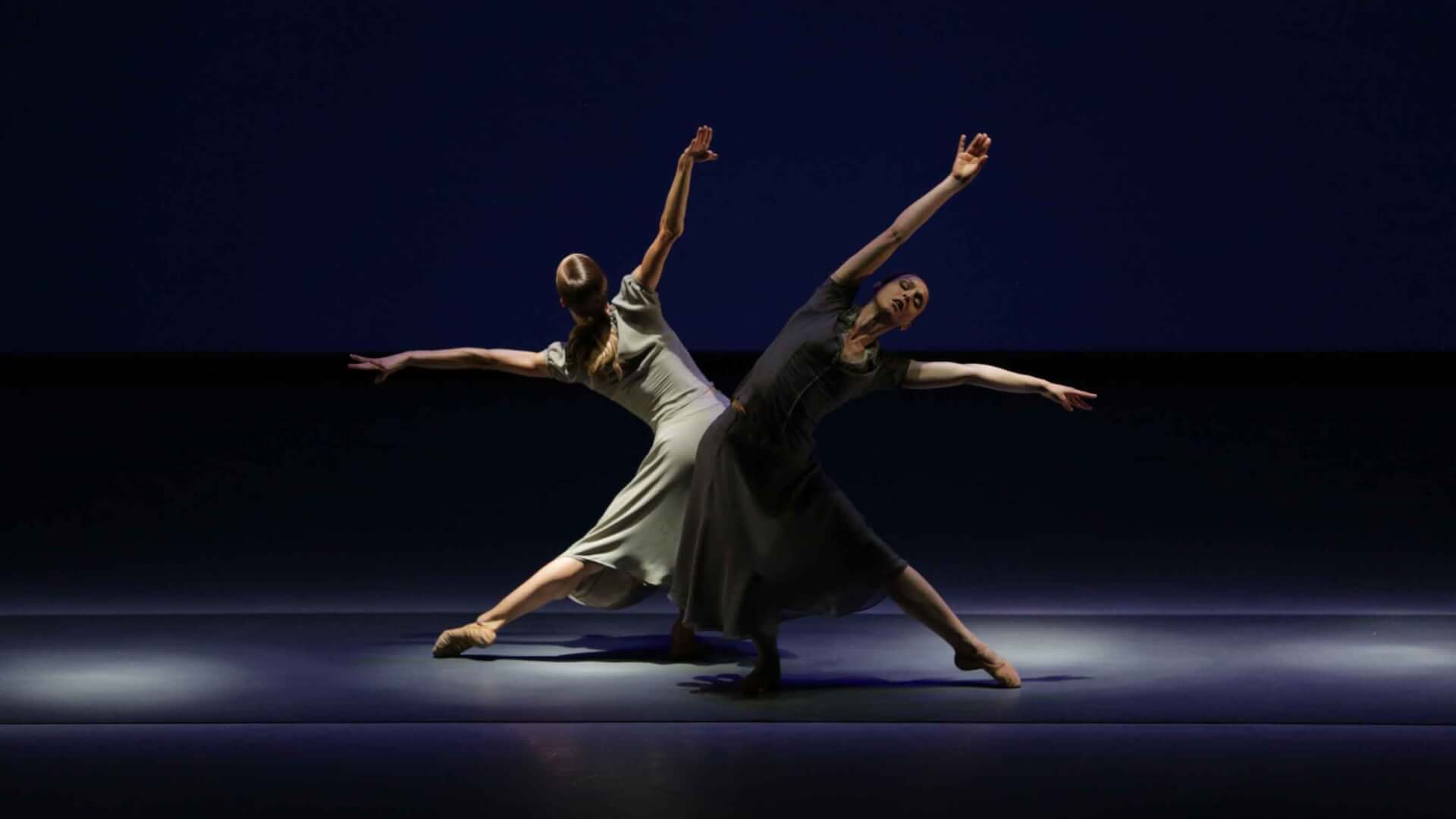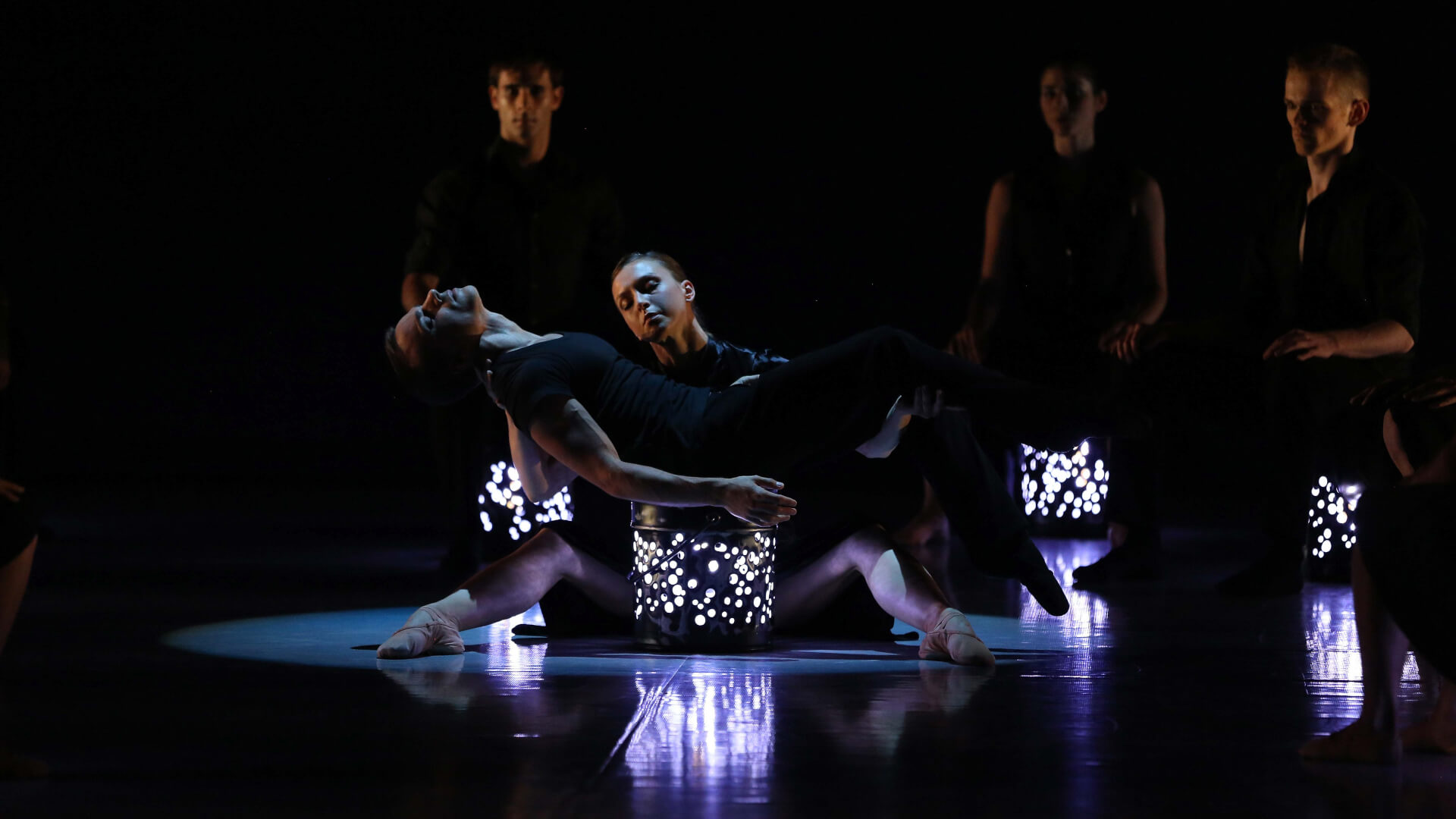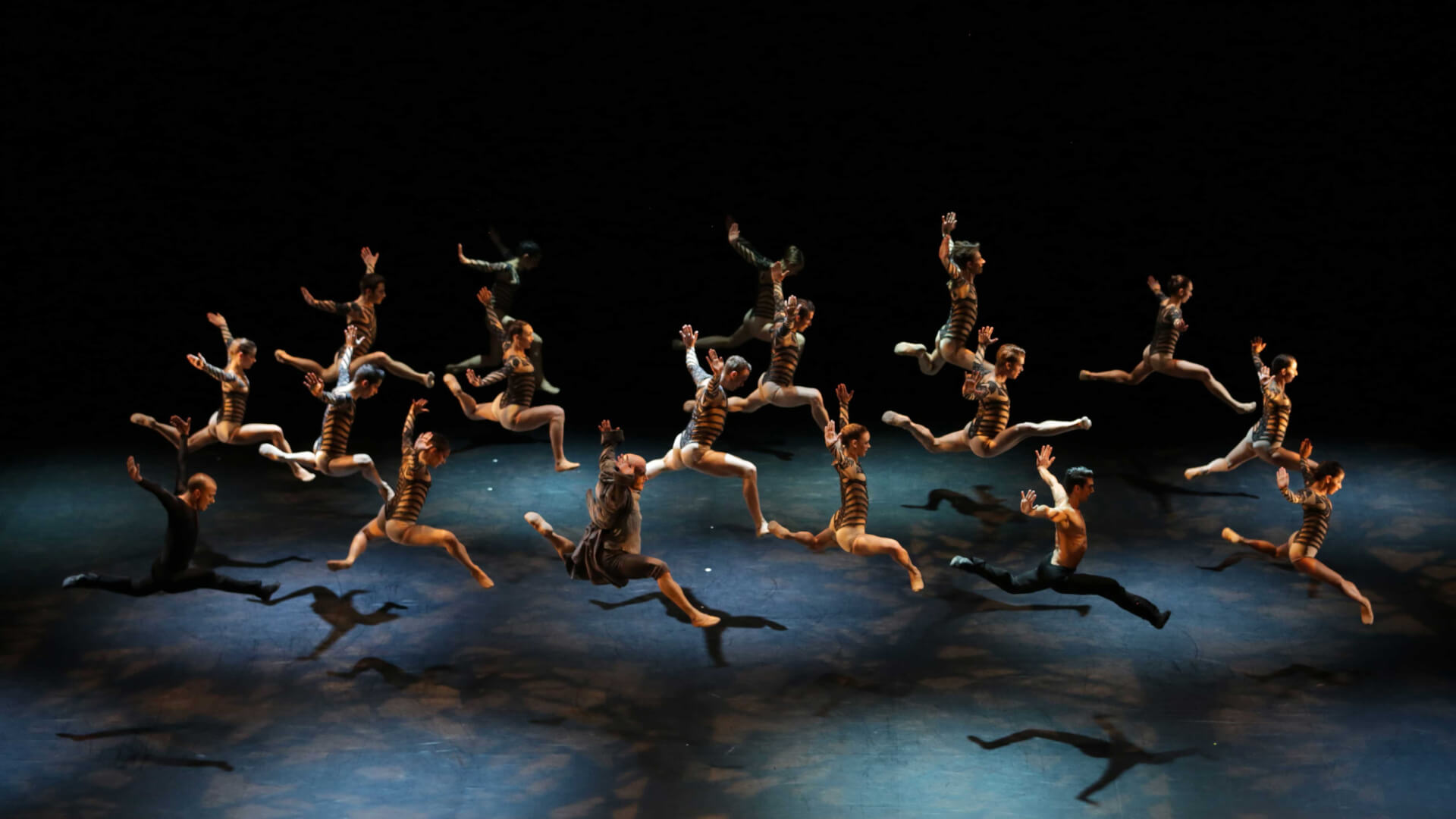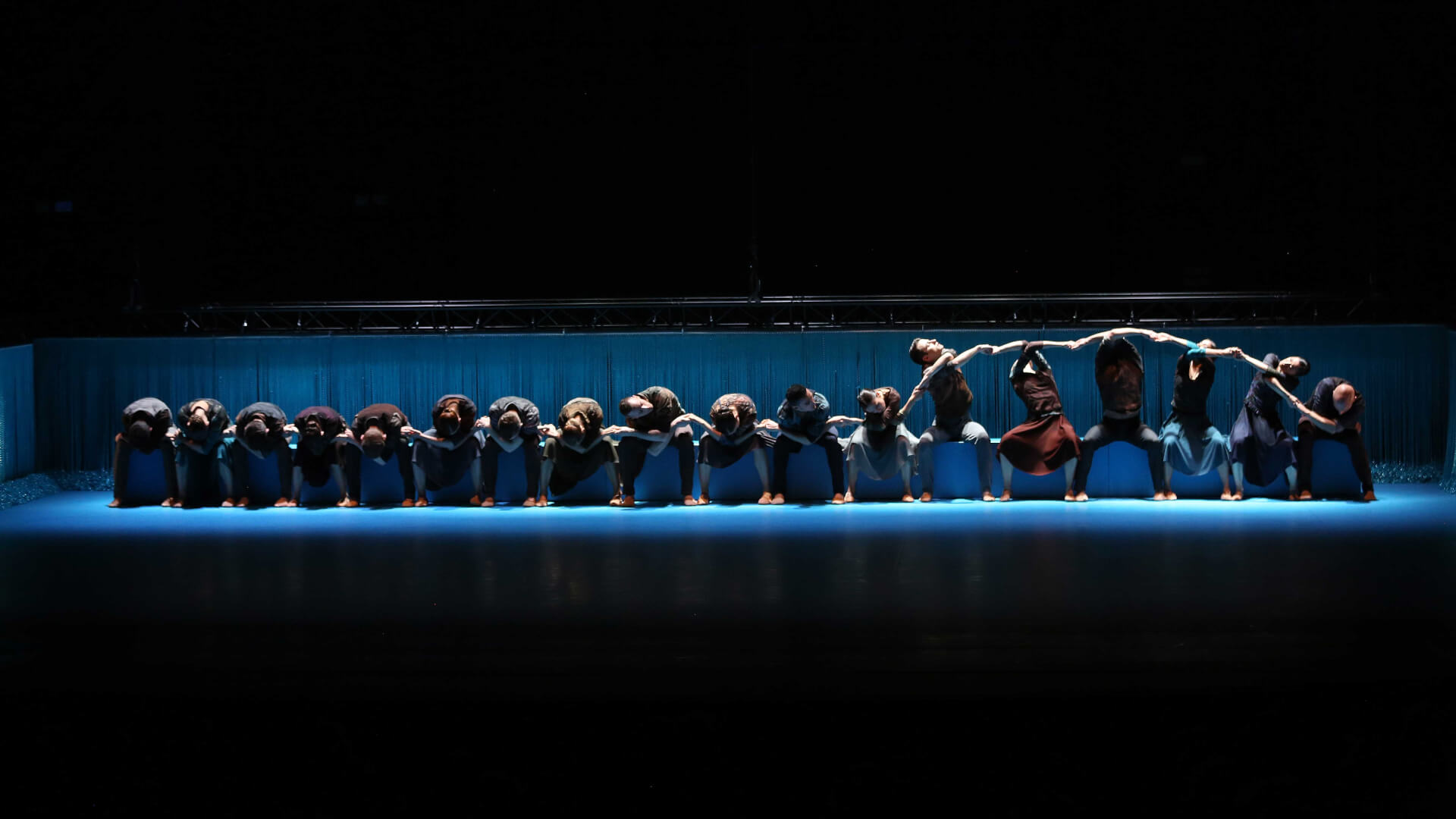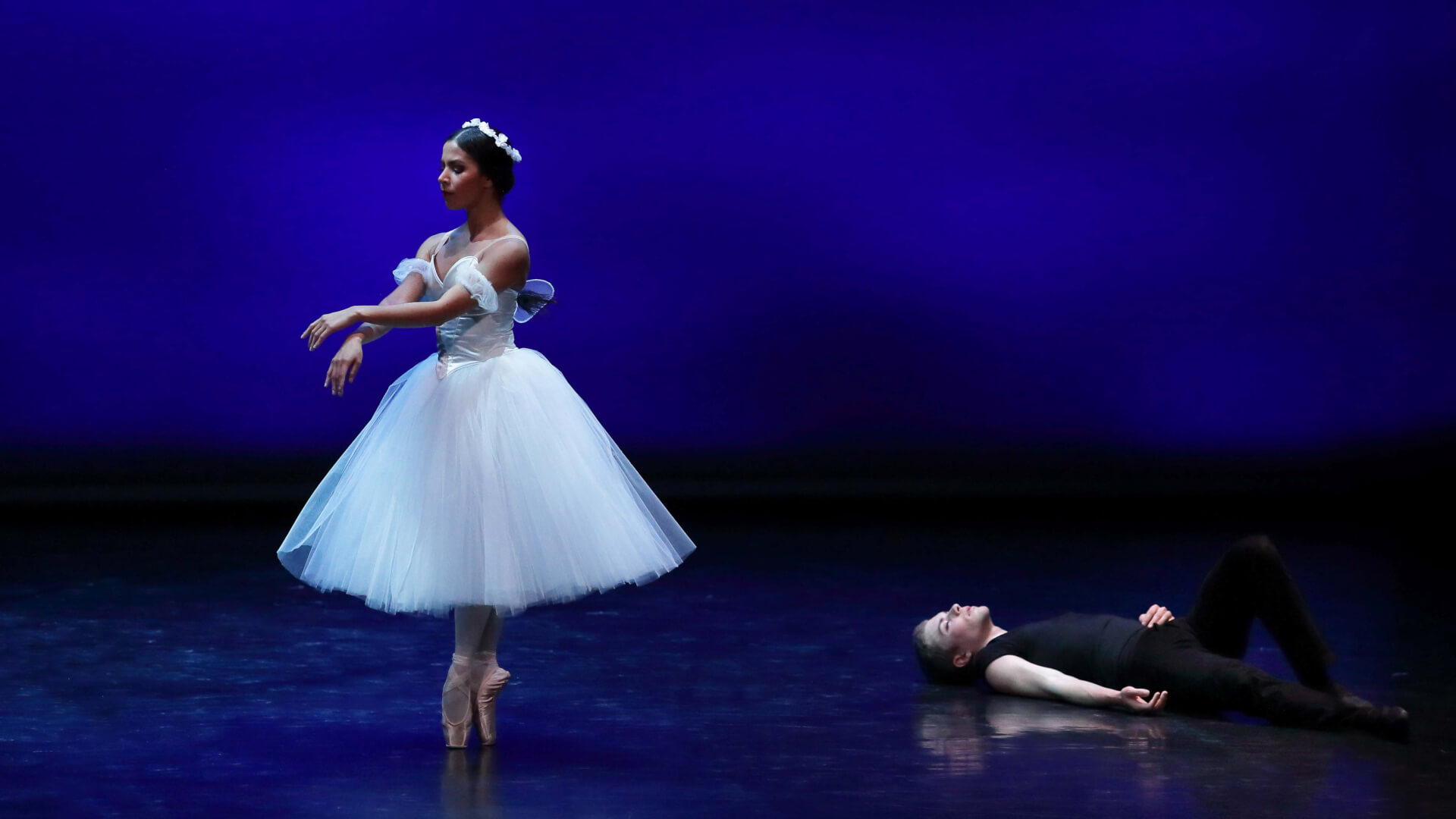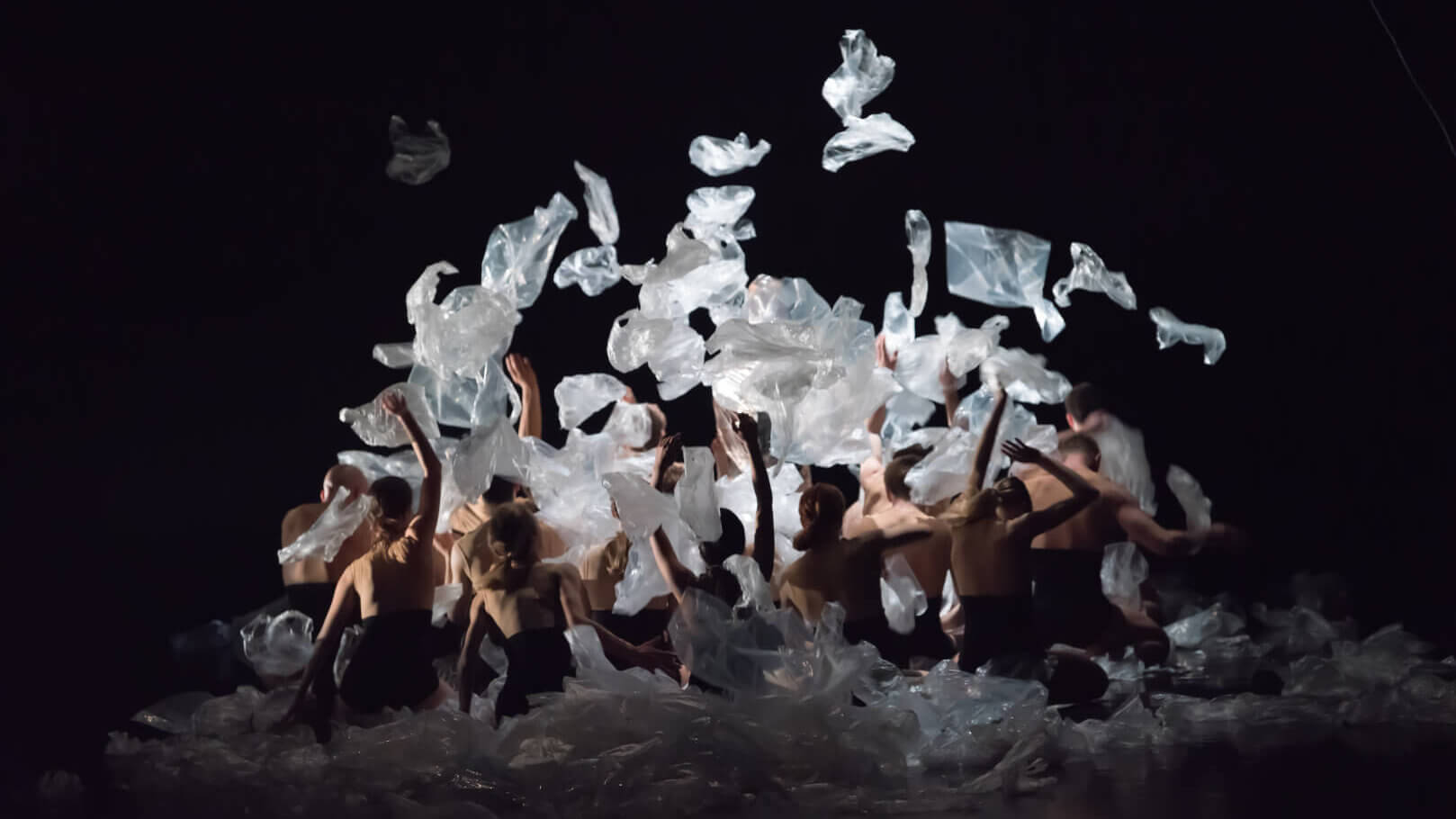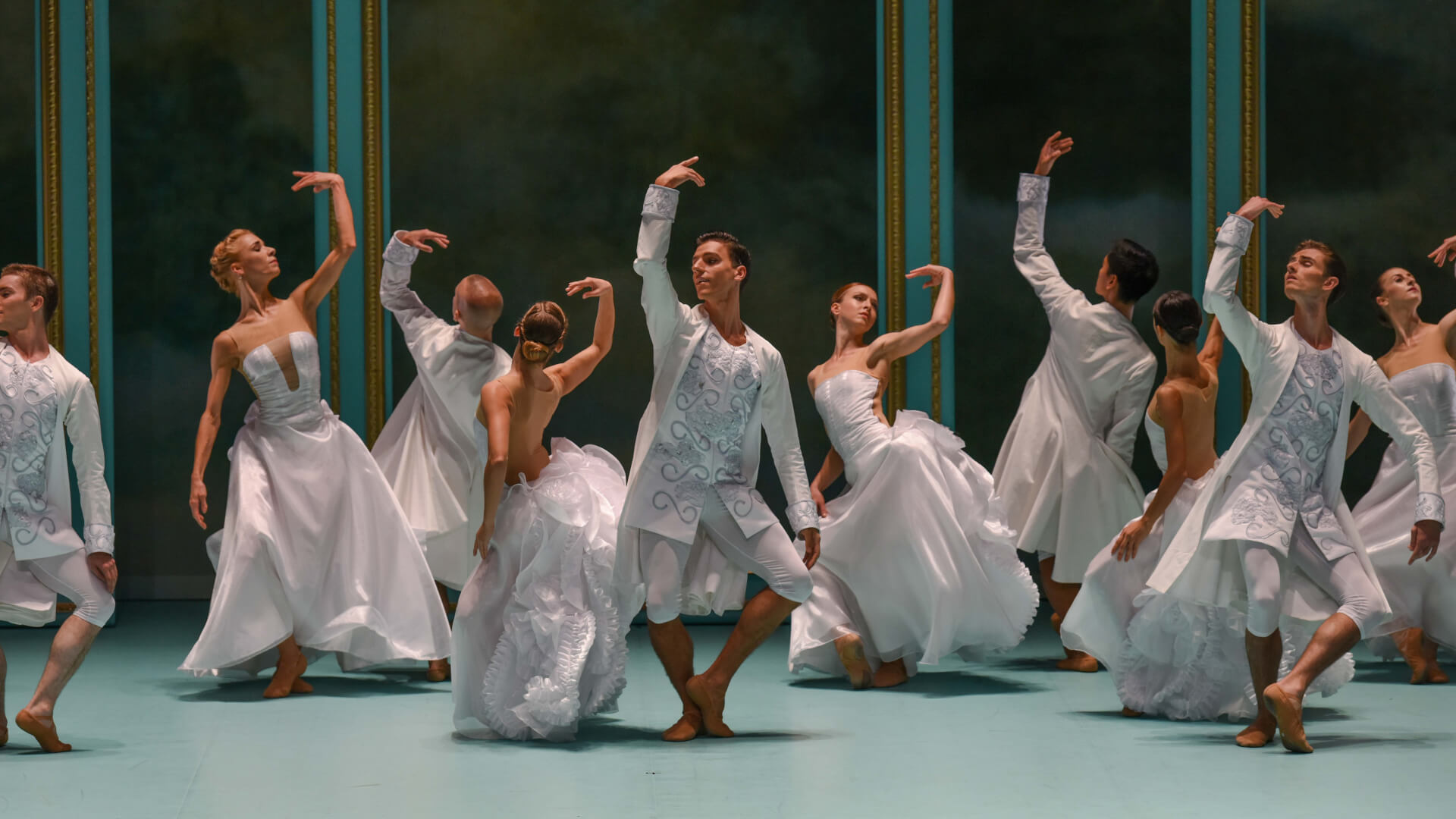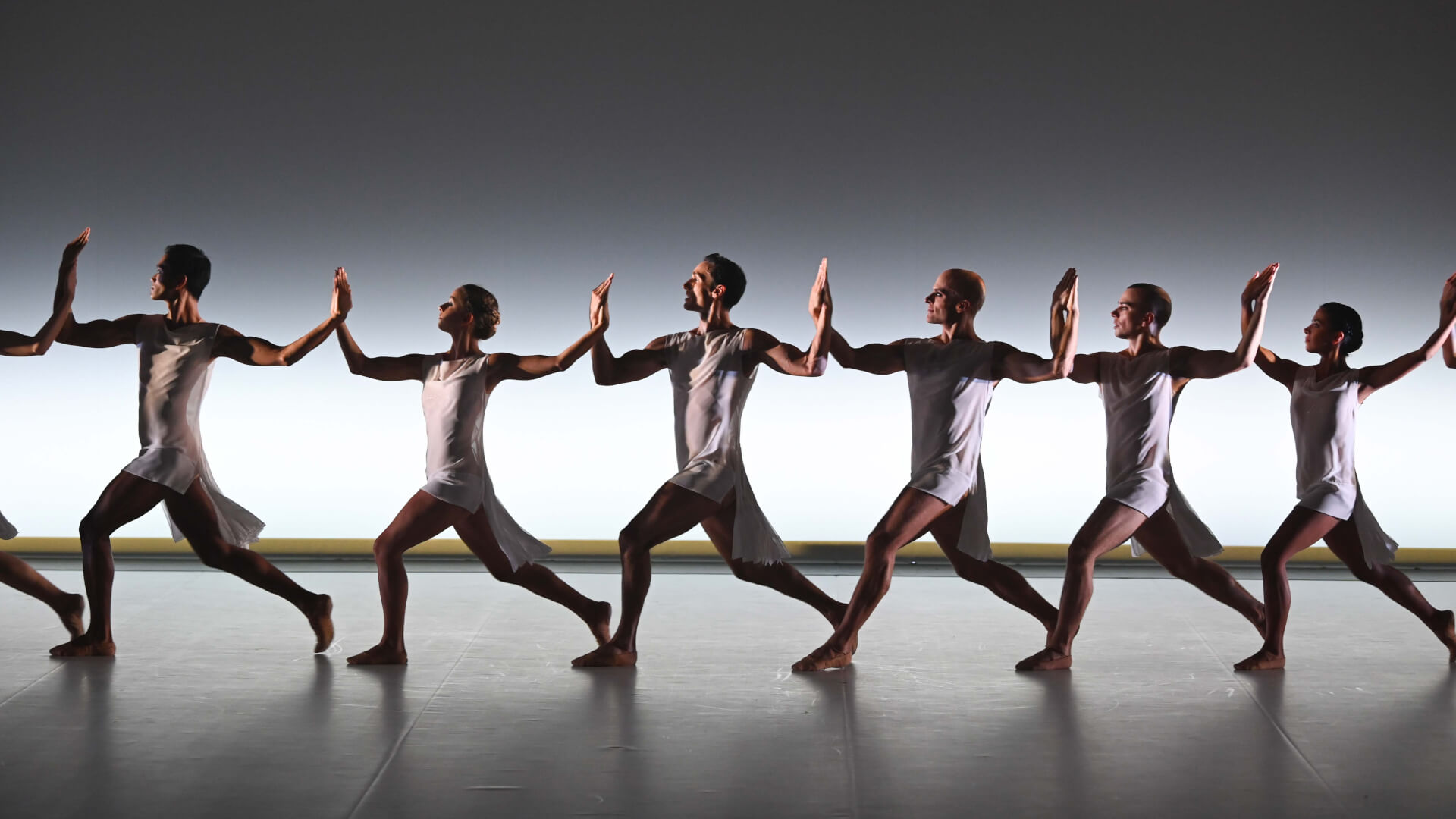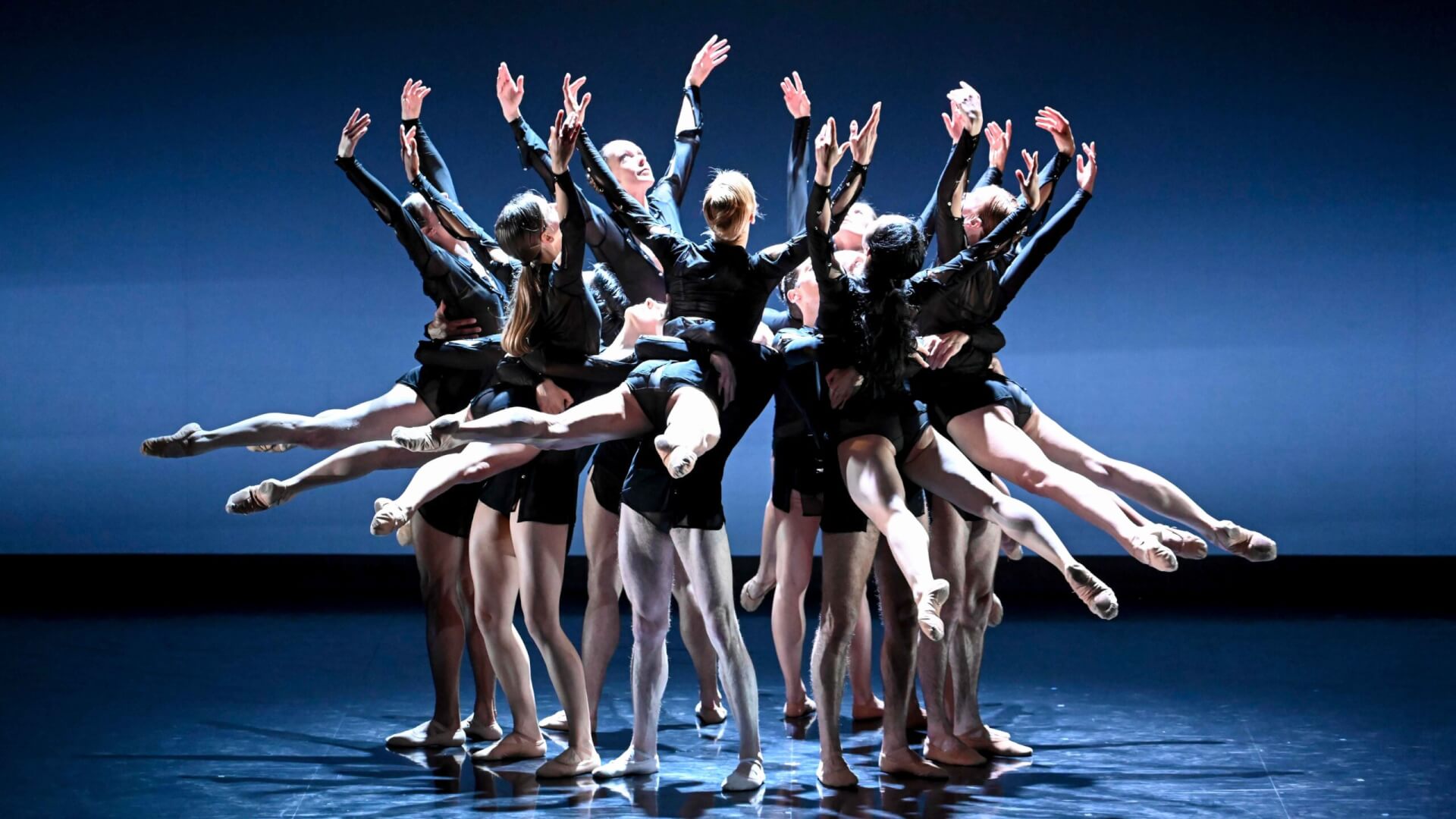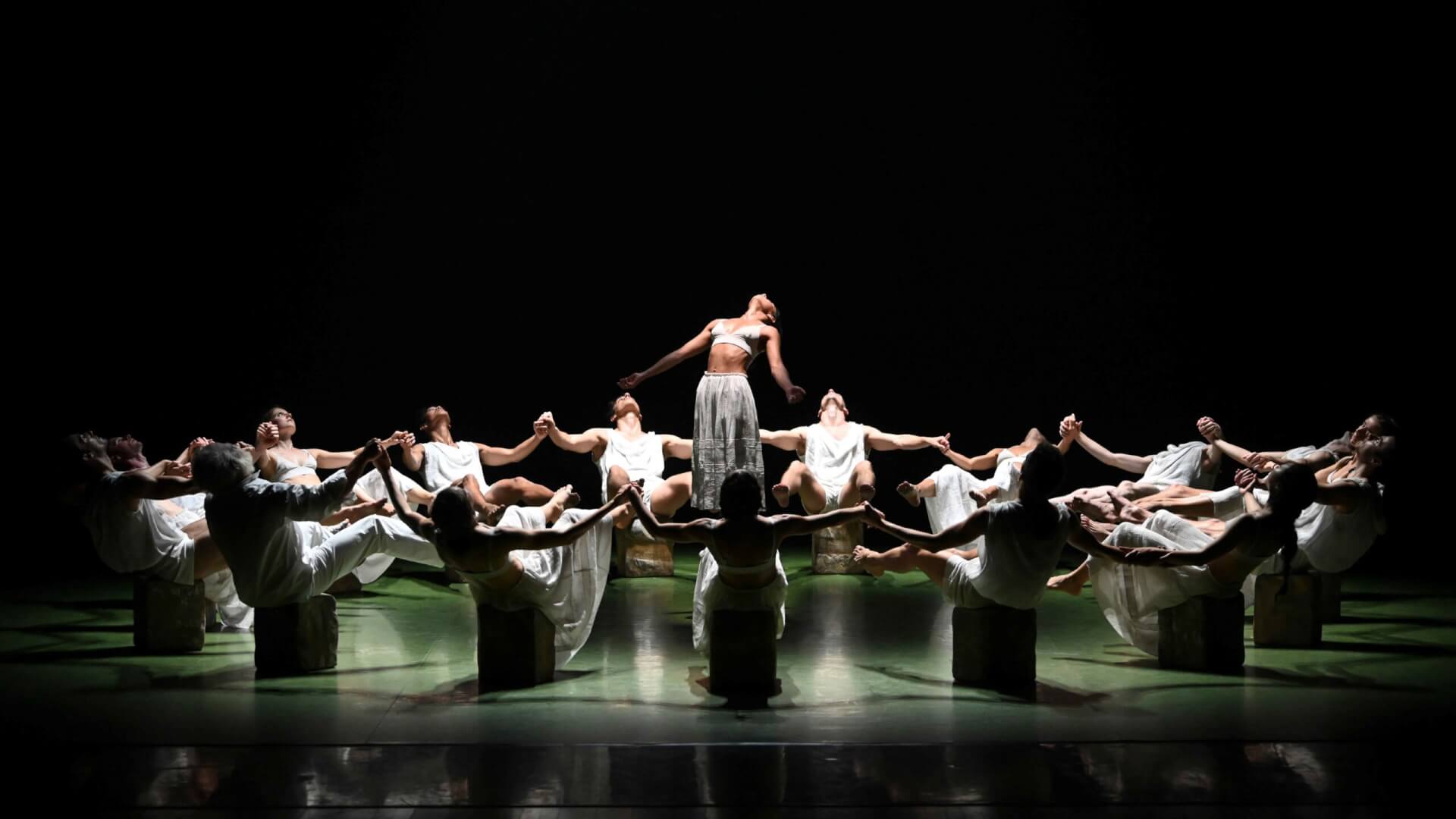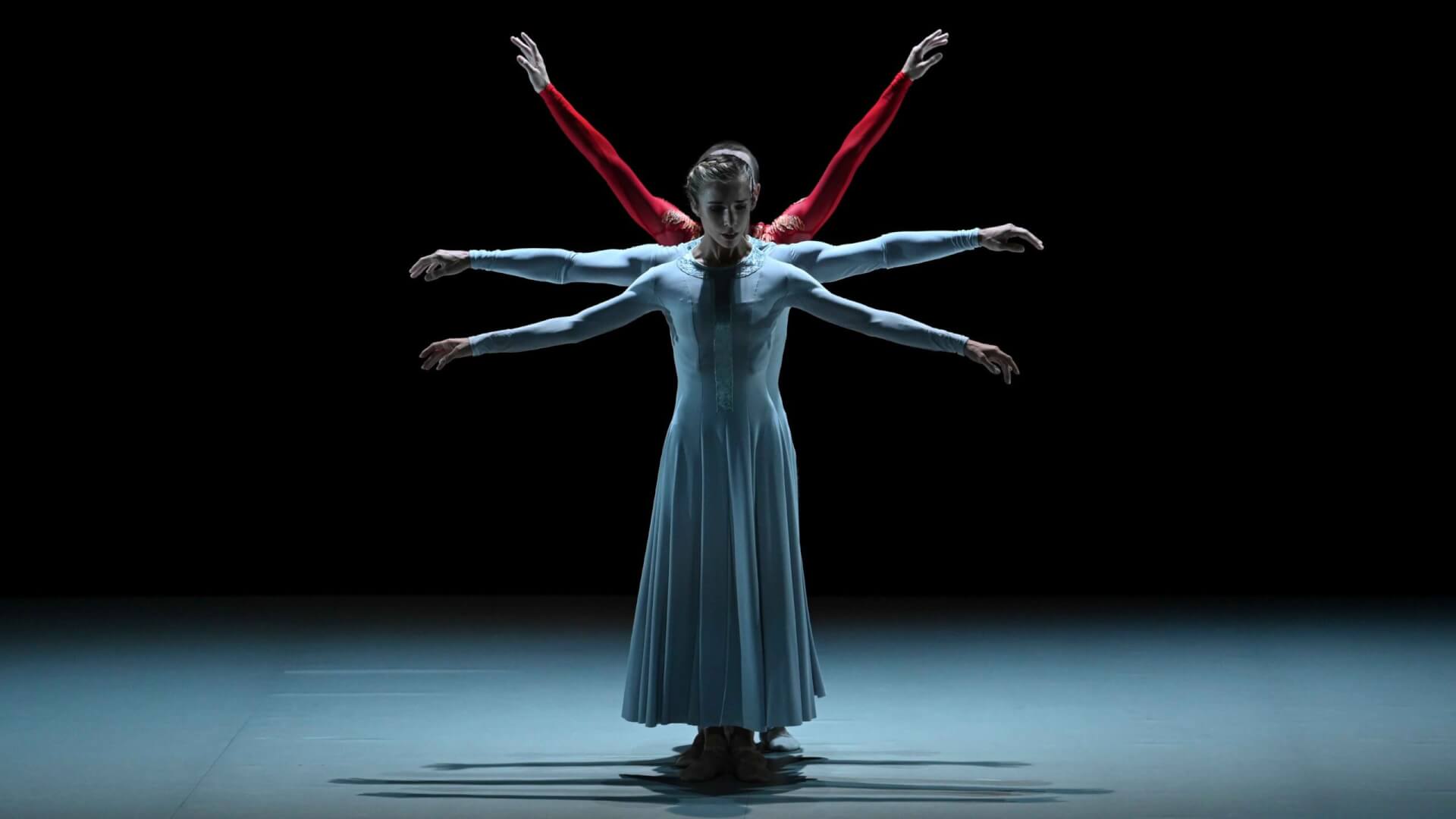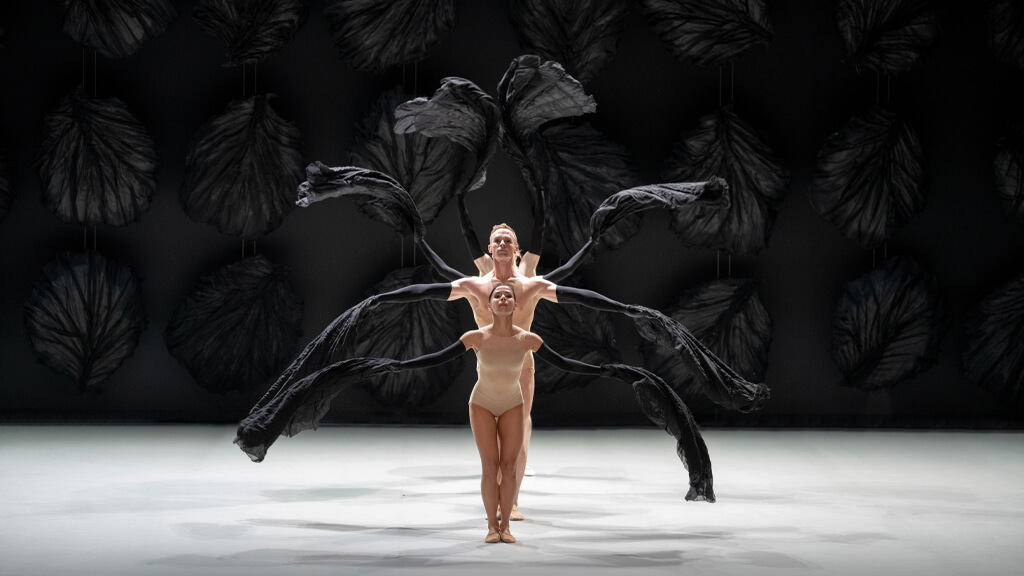Créé
-
le 2 juin 1997 à l’Esplanade de Saint-Etienne
Musique
-
Wolfgang Amadeus Mozart, Gyorgy Kurtag, Perez Prado, Celia Cruz, George Gershwin
Chorégraphie
-
Thierry Malandain
Décor et costumes
-
Jorge Gallardo
Conception lumières
-
Jean-Claude Asquié
Ballet
-
pour 12 danseurs
Durée
-
30 minutes
Note d'intention
La danse et l'individu. La danse à travers l'esprit collectif du bal. L'individu entre désir de fusion et de détachement. Des histoires lancées comme des cris sourds. Afin de donner sens à la déclinaison : Danses, Danse, Dans, Bal Solitude convoque trois univers musicaux contrastés. Danses collectives sur des mambos des années cinquante, duos sensuels et imaginatifs pour exprimer l'âme de la danse sur des adagios mozartiens, enfin mise en lumière de l'individu sur des pages dodécaphoniques du compositeur hongrois Gyorgy Kurtag. La scénographie, un aquarium où les danseurs tels des poissons évoluent en bancs, mais solitaires.
Thierry Malandain
Presse
Bal solitude est une très belle pièce en hommage à la danse, à toutes les danses. […] Les danseurs, créatures irréelles, semblaient flotter entre terre et ciel, d’autant que le langage chorégraphique de Malandain est d’une grande souplesse et d’une vraie poésie. Même dans les mouvements les plus athlétiques, il n’y a jamais d’agressivité. […] La compagnie a paru excellente, avec des éléments très forts comme le longiligne Giuseppe Chiavaro qui a gardé de son passage à l’école de danse de l’Opéra de paris et à celle de Rosella Hightower à Cannes une technique et un prestance qui se remarquent.Shinoshokan dance magazine (Japon), Gérard Mannoni • 26 septembre 2000
Tout commence par un superbe solo que l’Italien Giuseppe Chiavaro danse sur des pages dodécaphoniques du compositeur hongrois Gyorgy Kurtag, bientôt rejoint par une troupe qui chaloupe sensuellement au rythme de mambos années 50 et quelquefois interrompue par de très beaux duos tendres ou inquiets sur des adagios de Mozart, la diversité musicale étant complètement intégrée dans un vocabulaire chorégraphique très personnel où le mouvement coule sans arrêt.Ballet 2000, Sonia Schoonejans • novembre 2000



